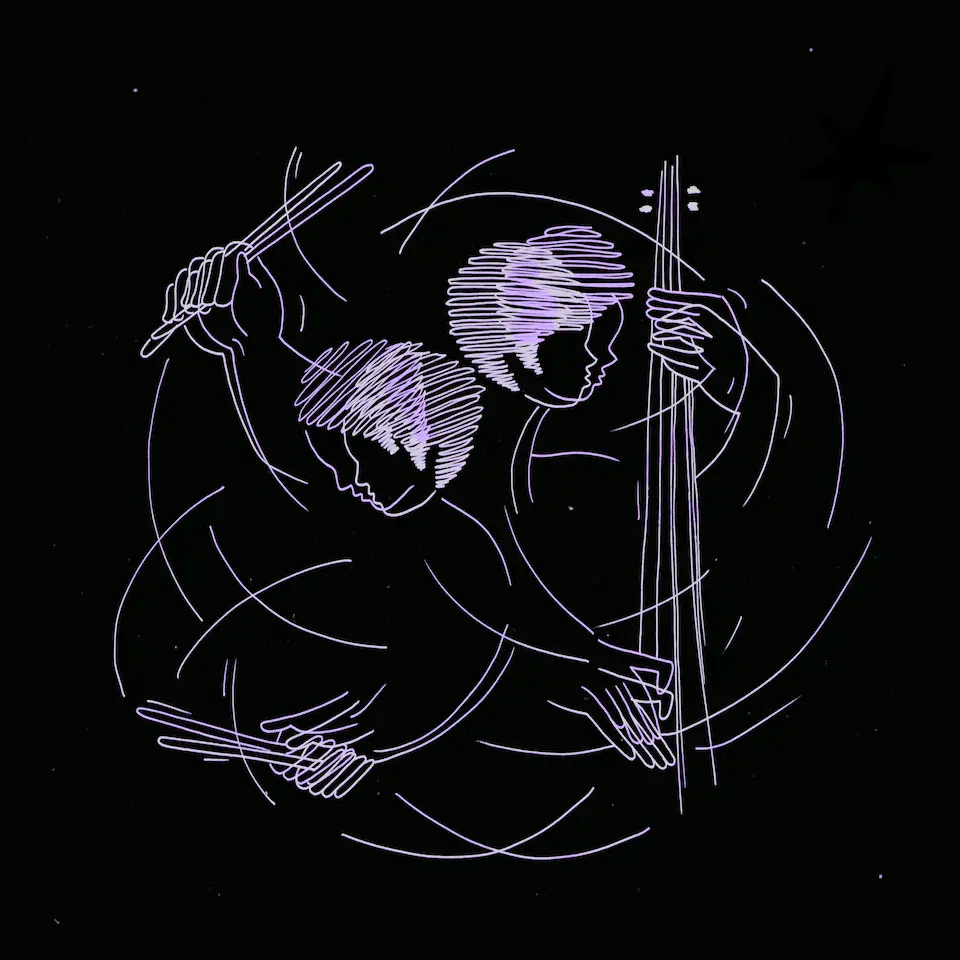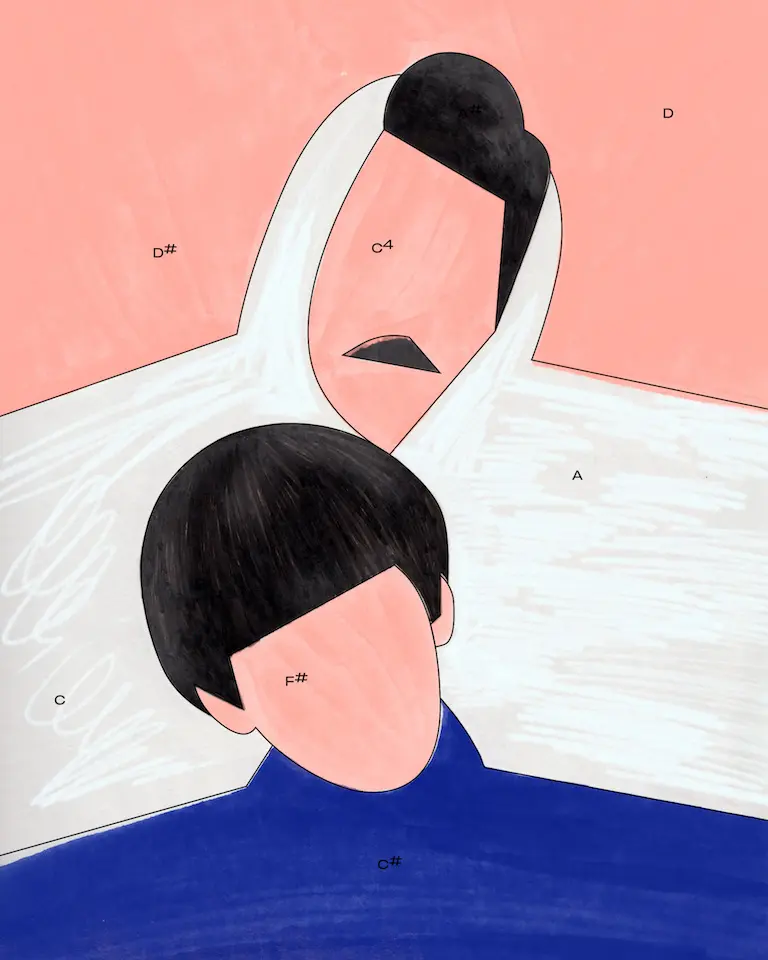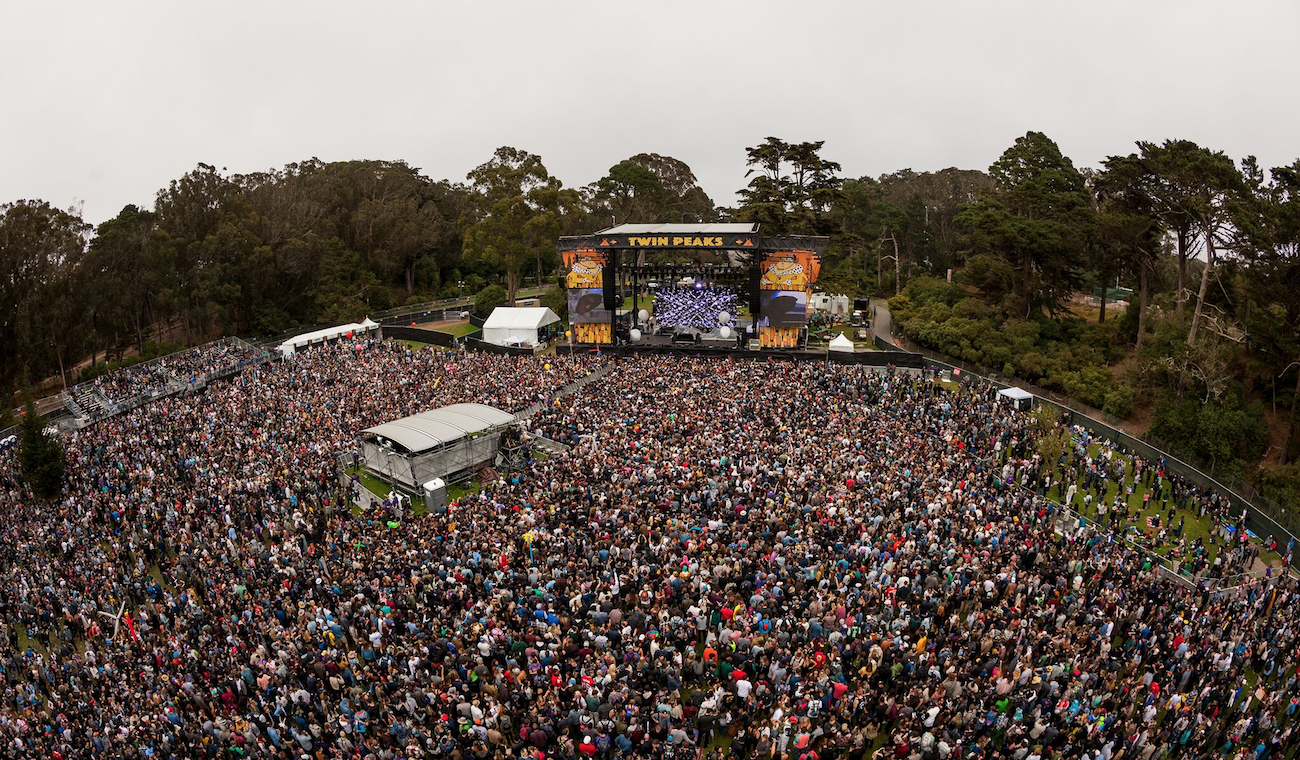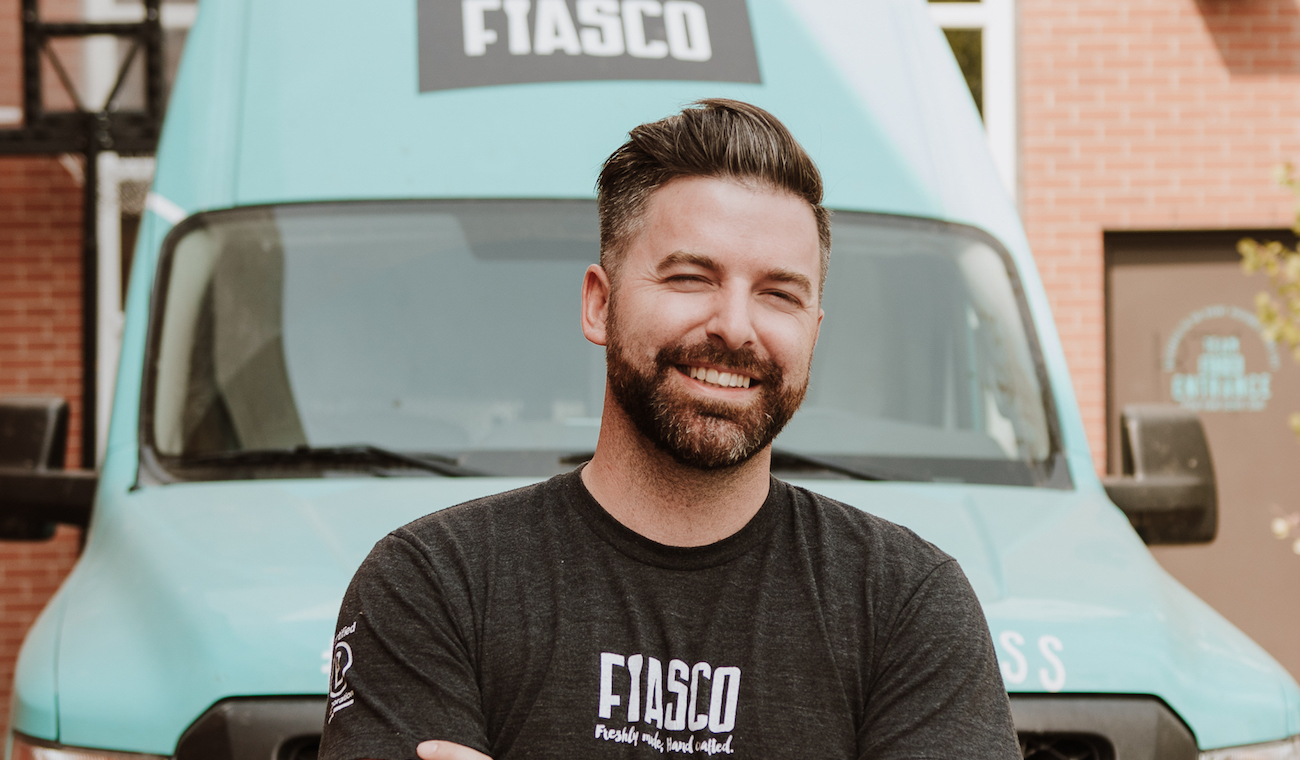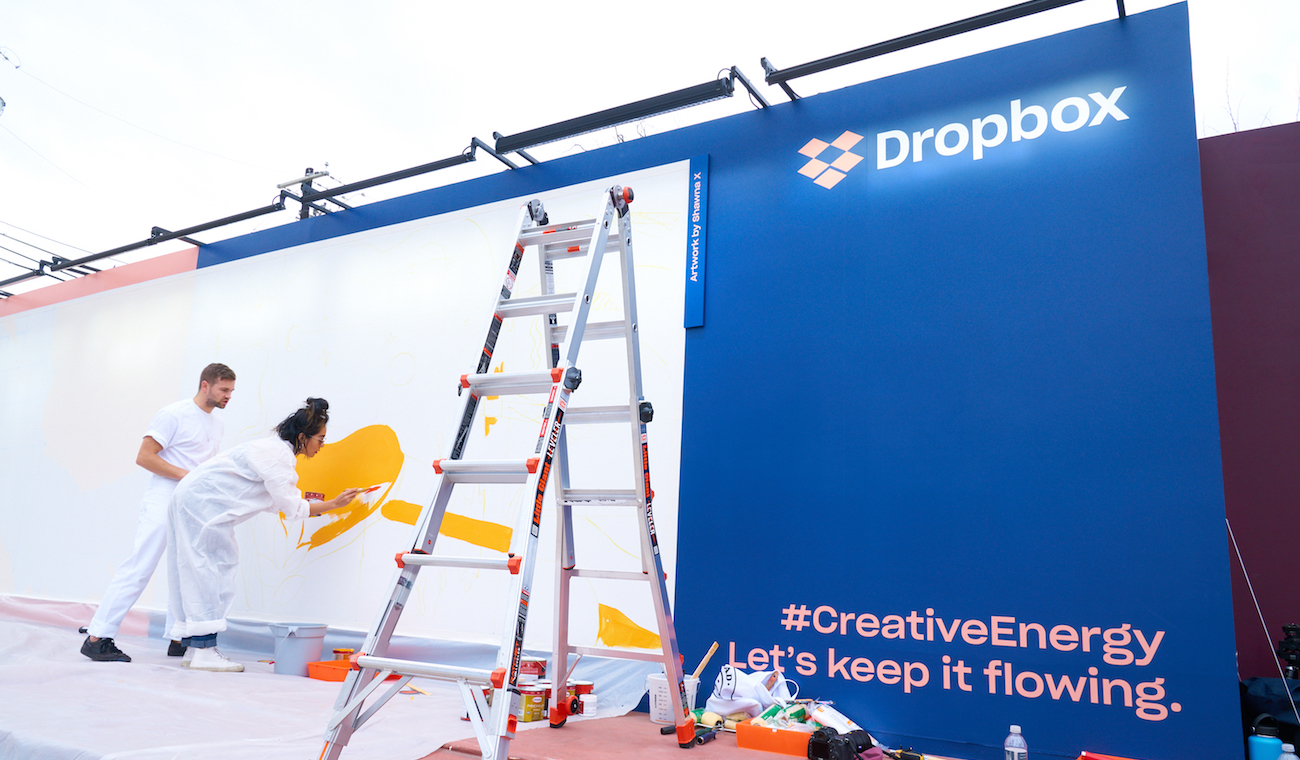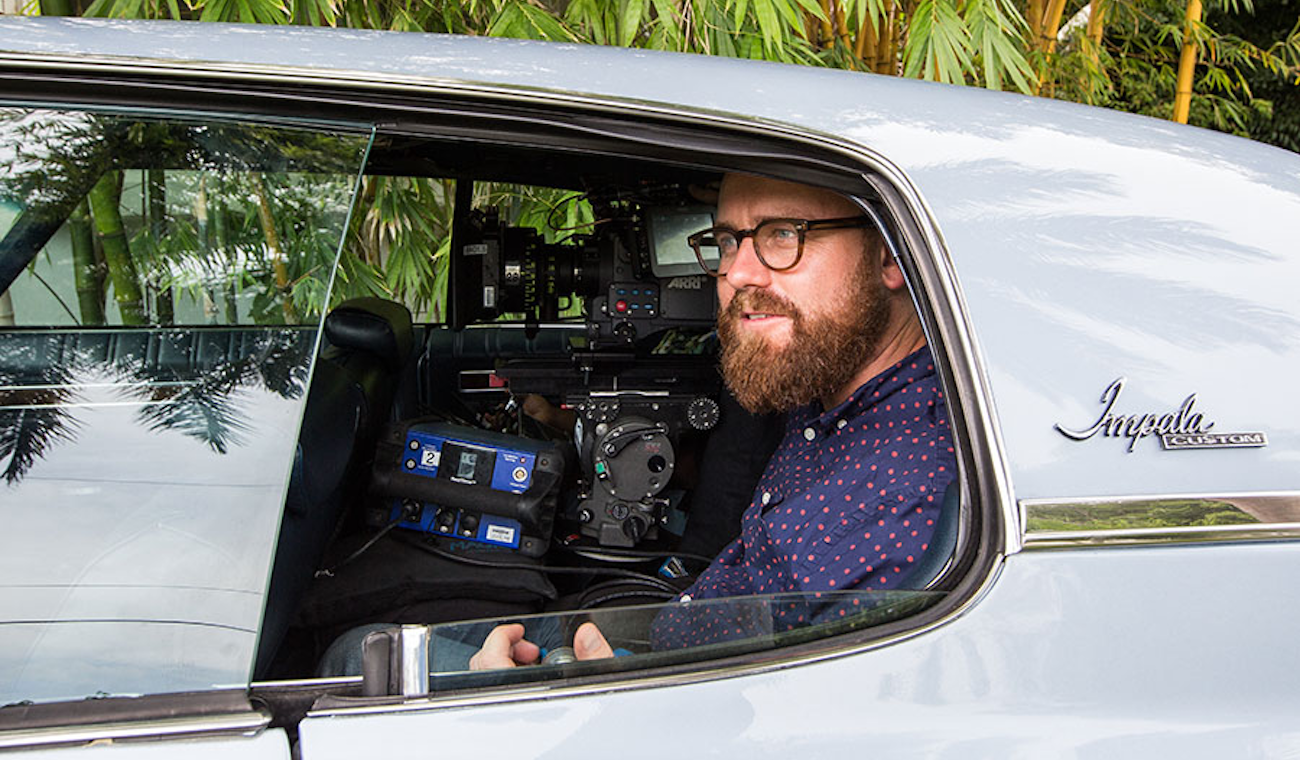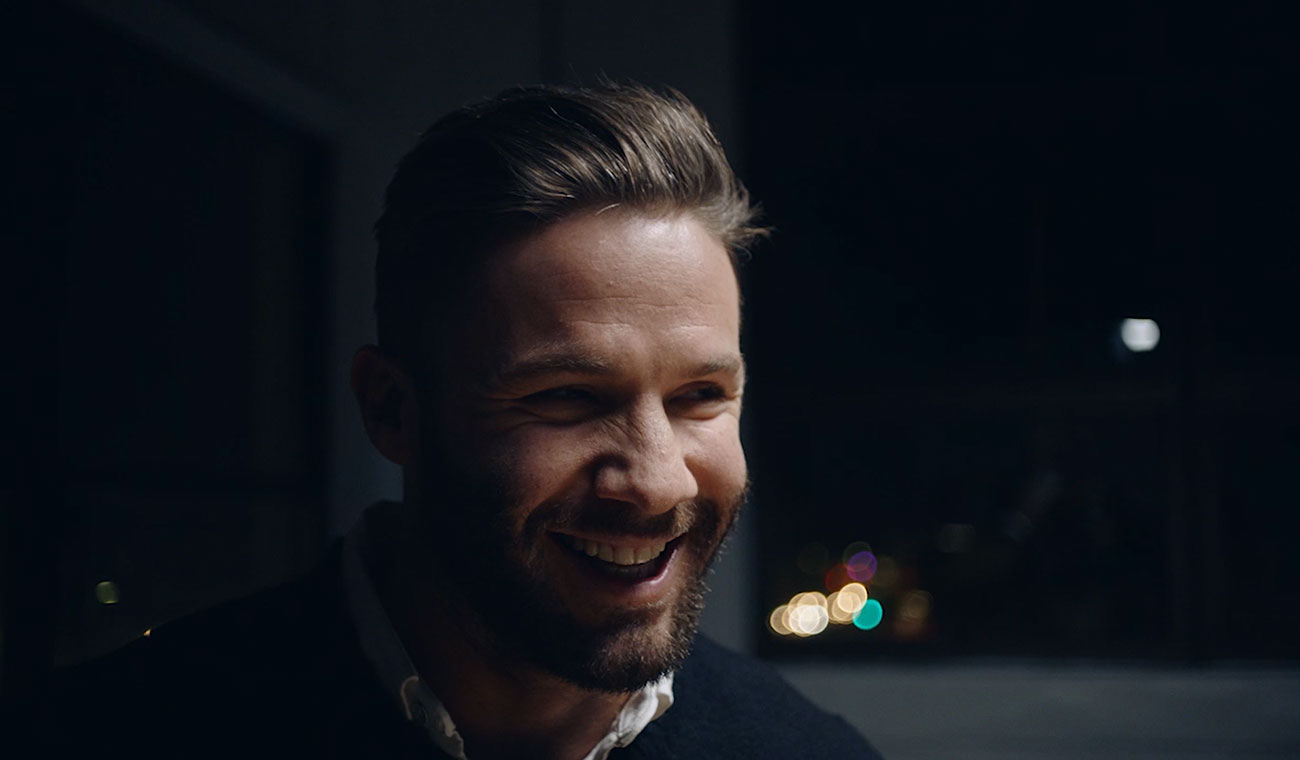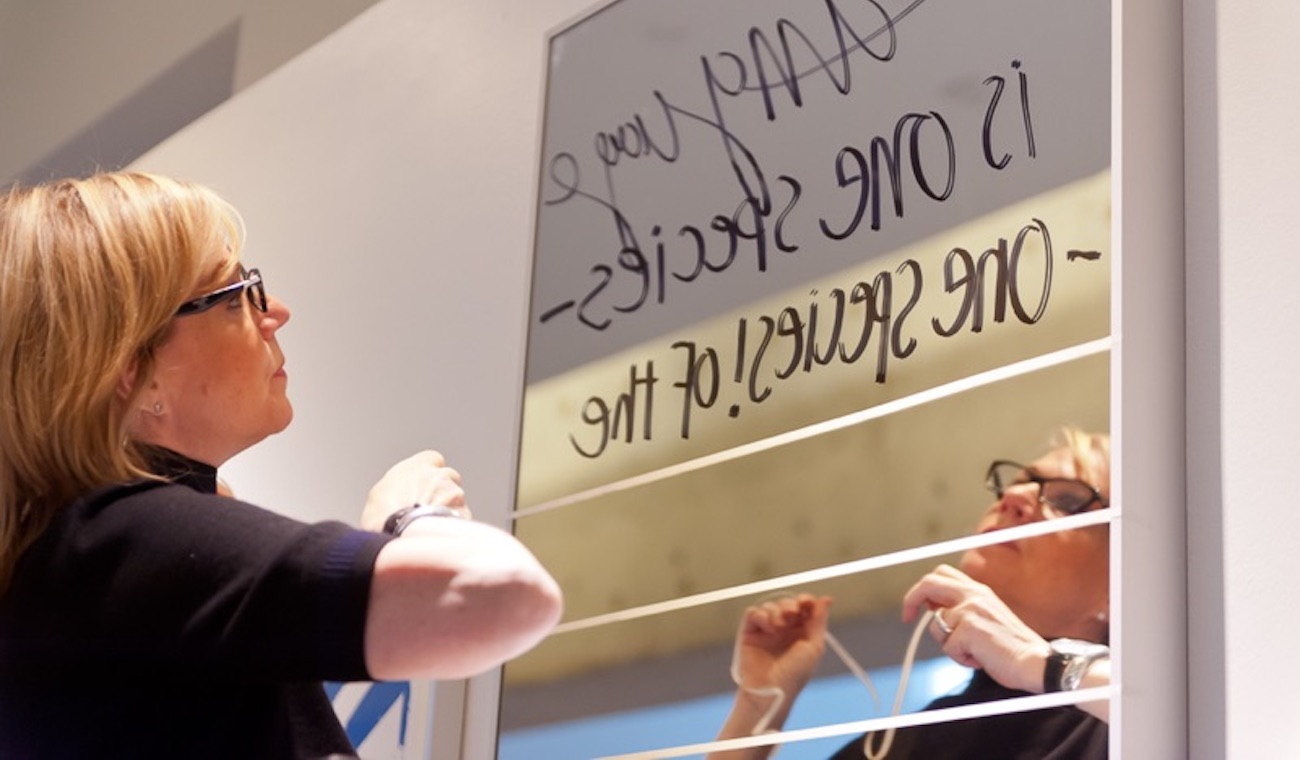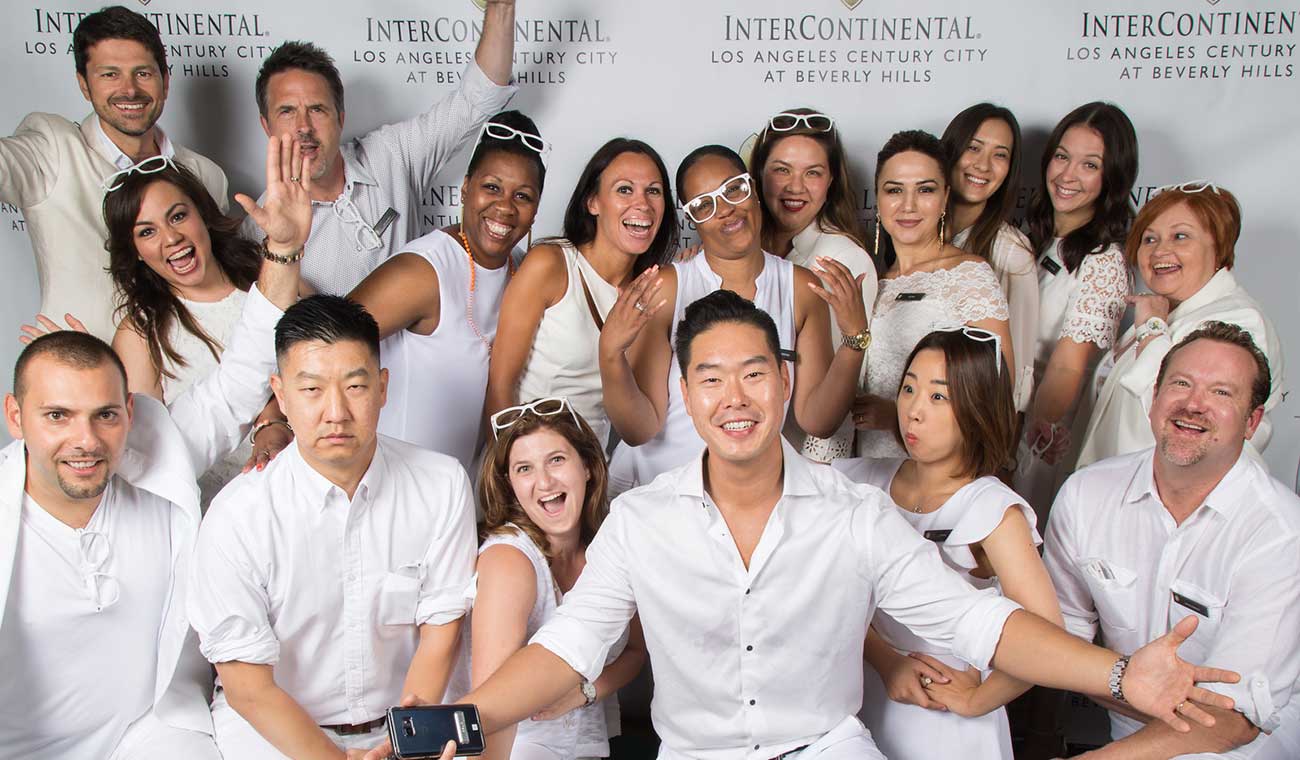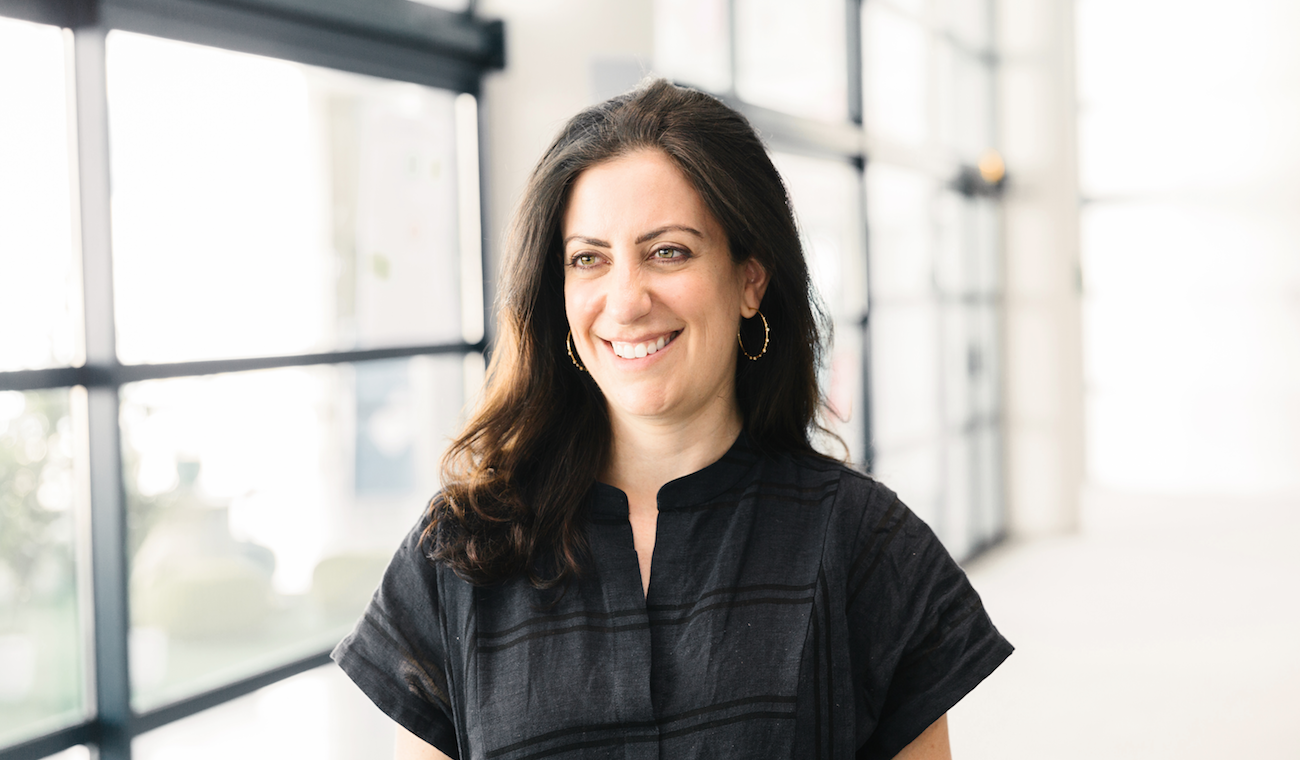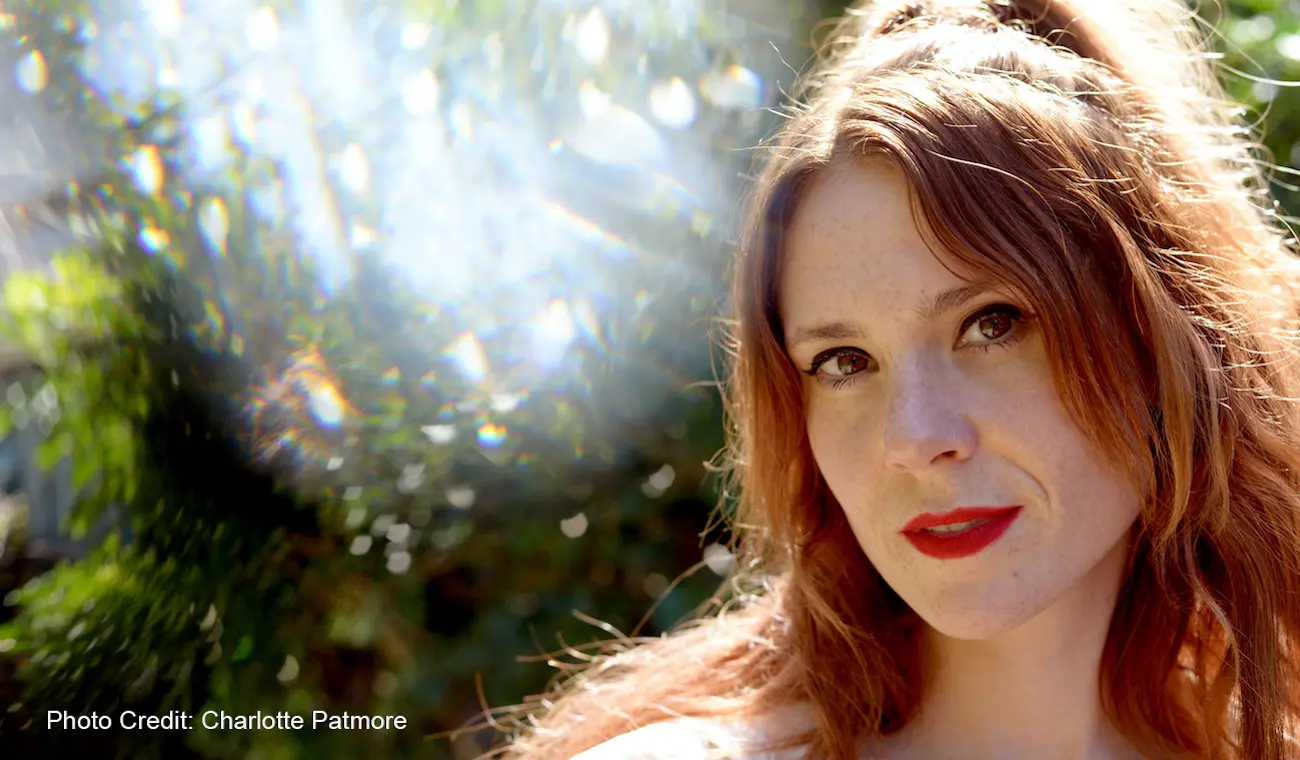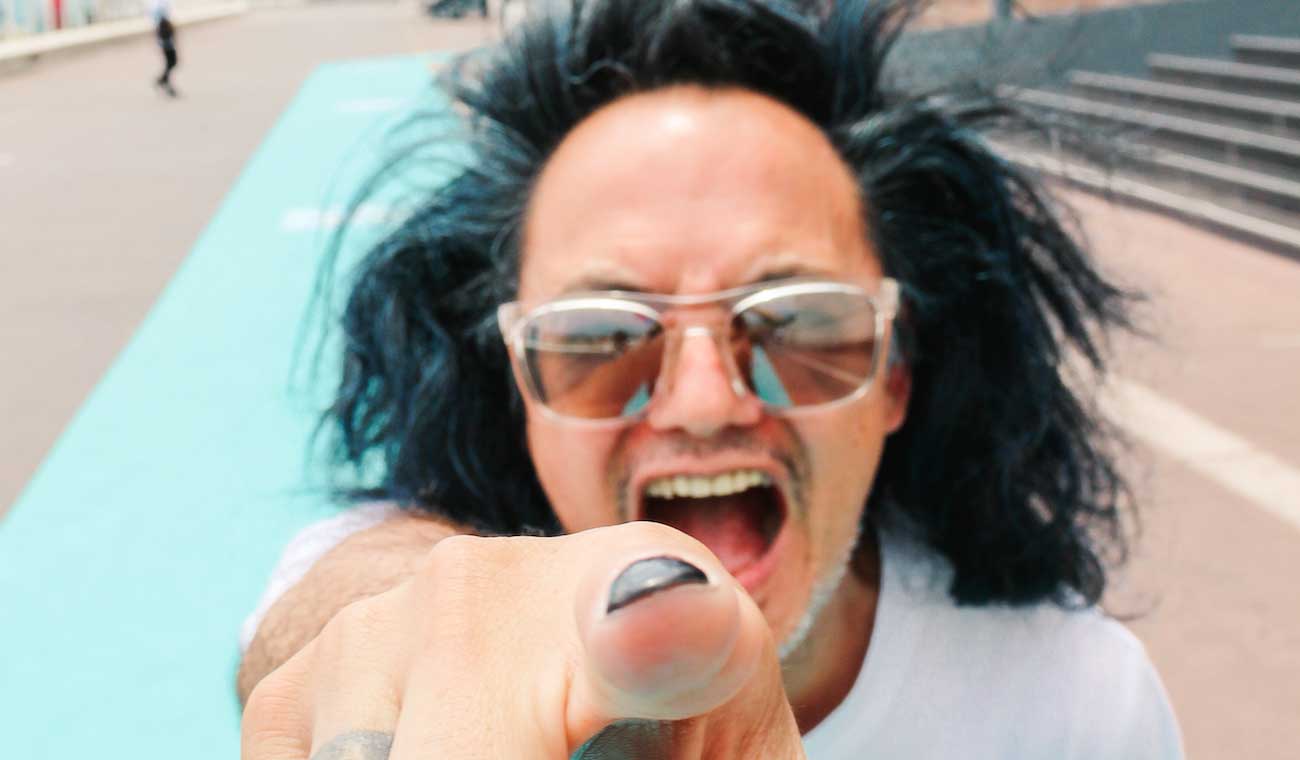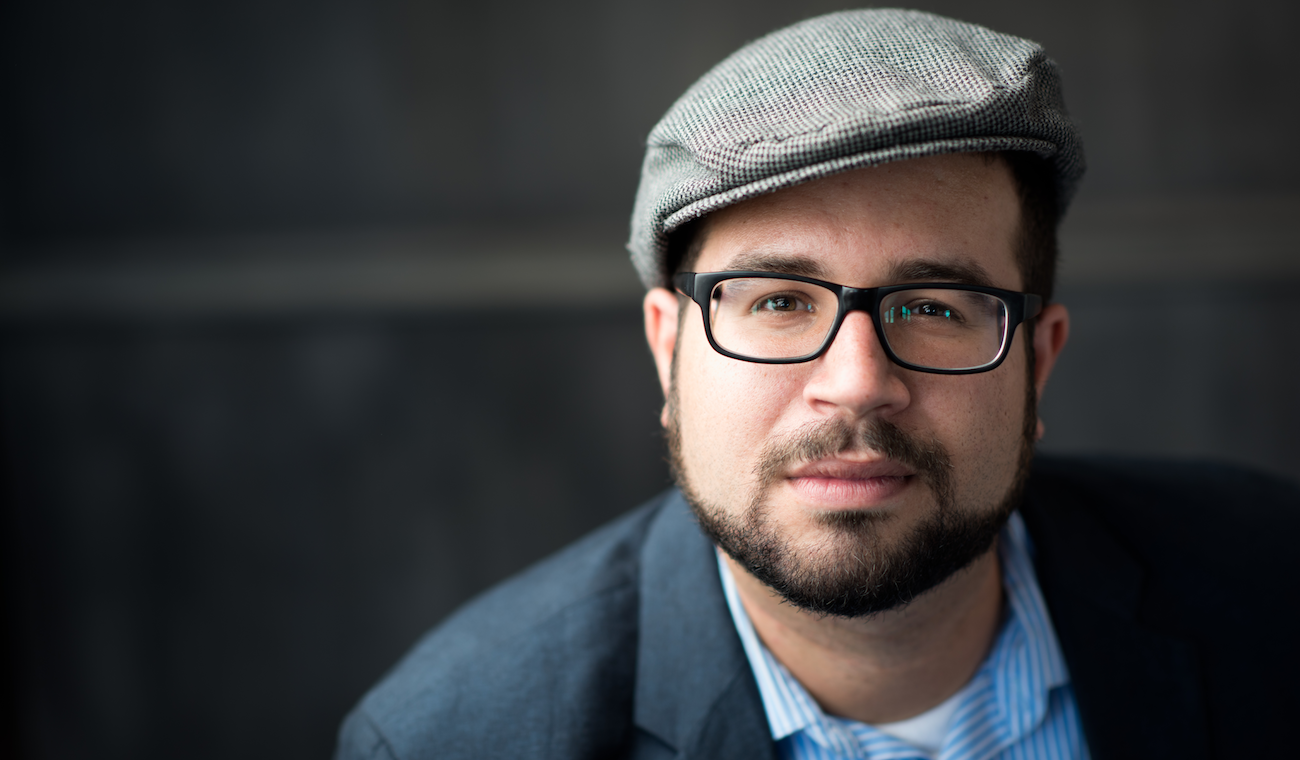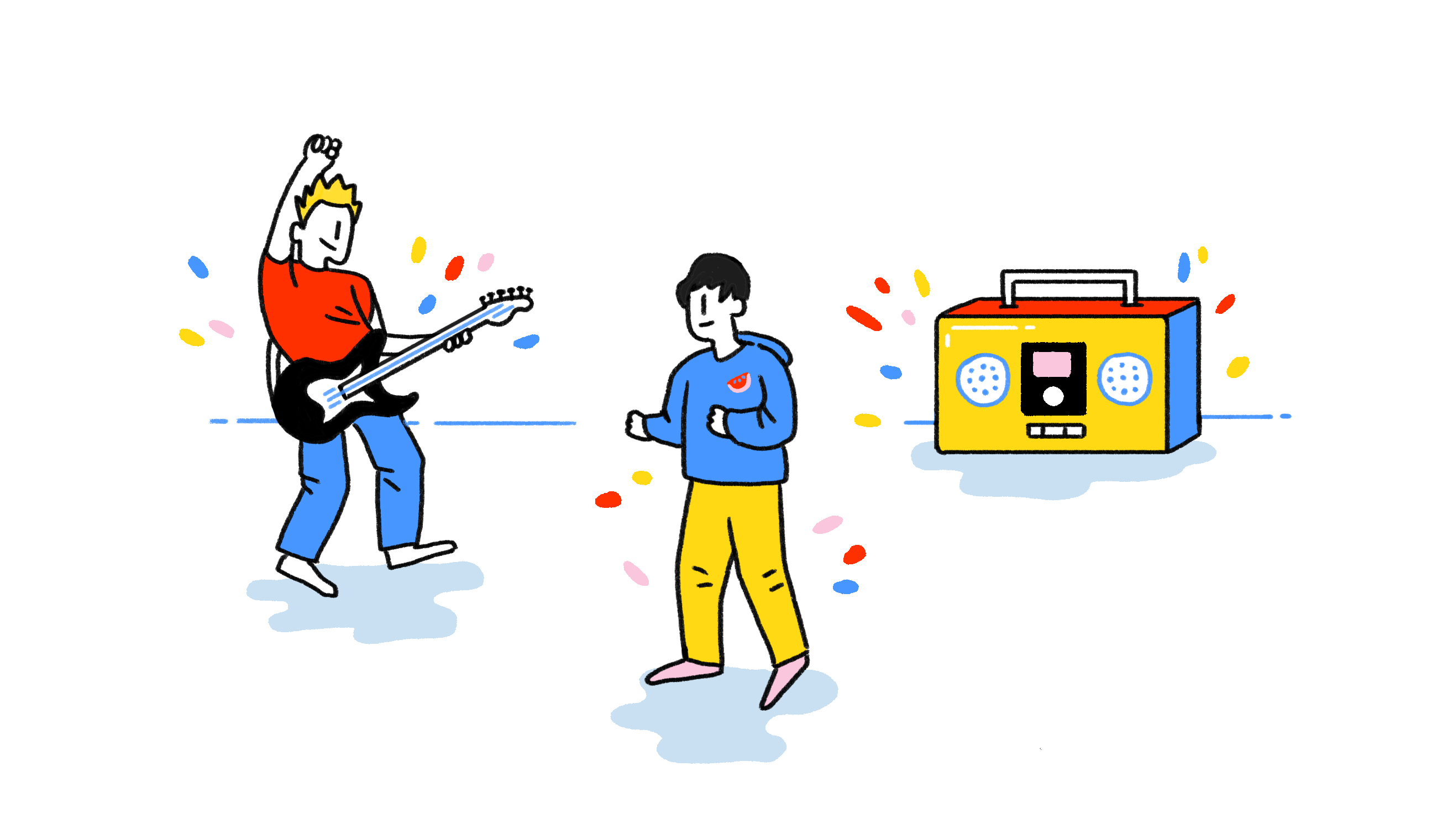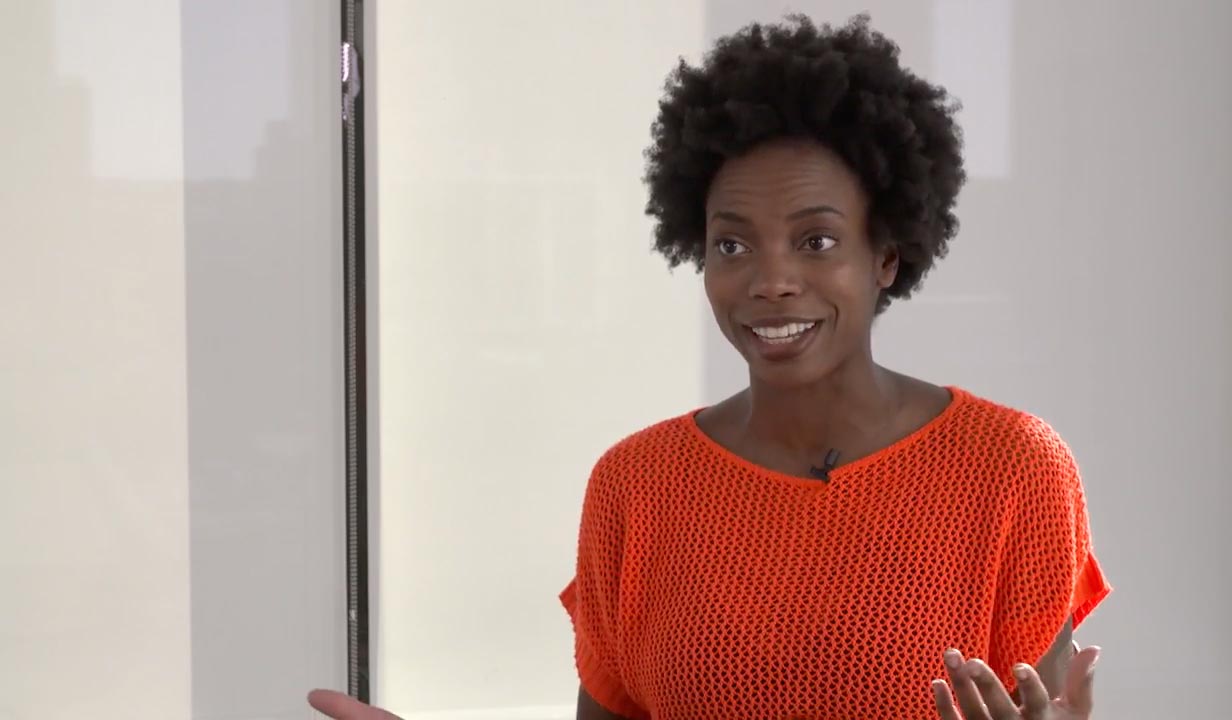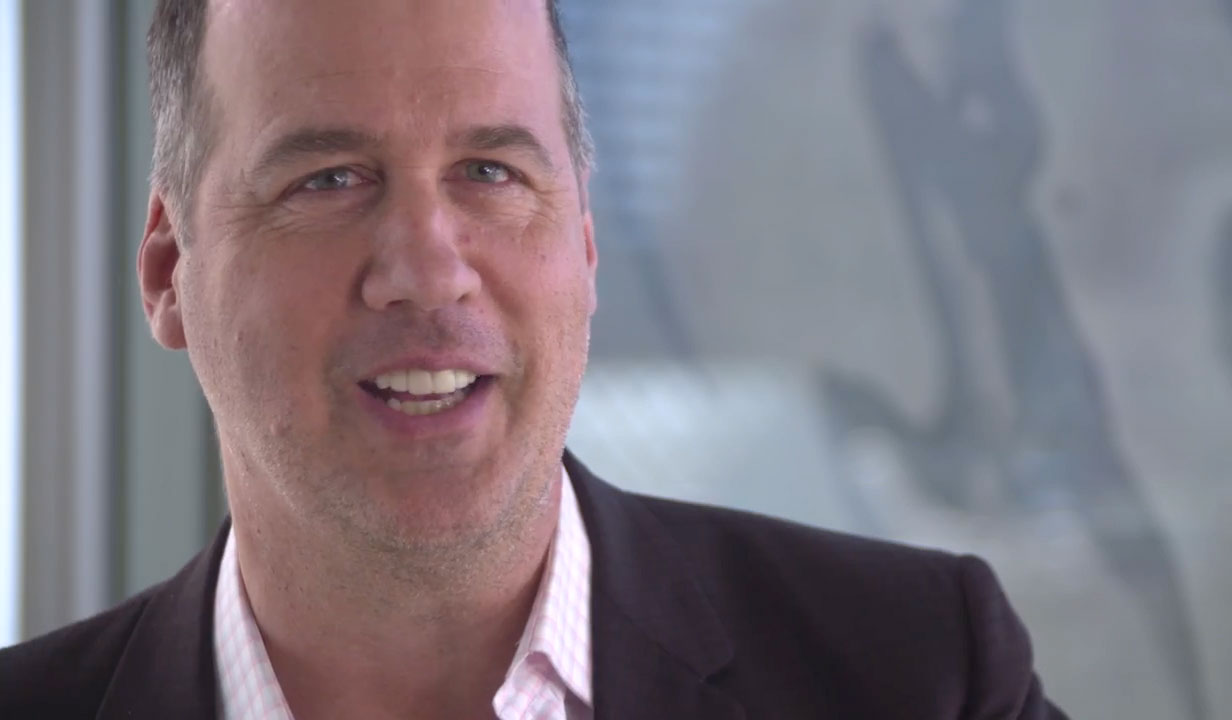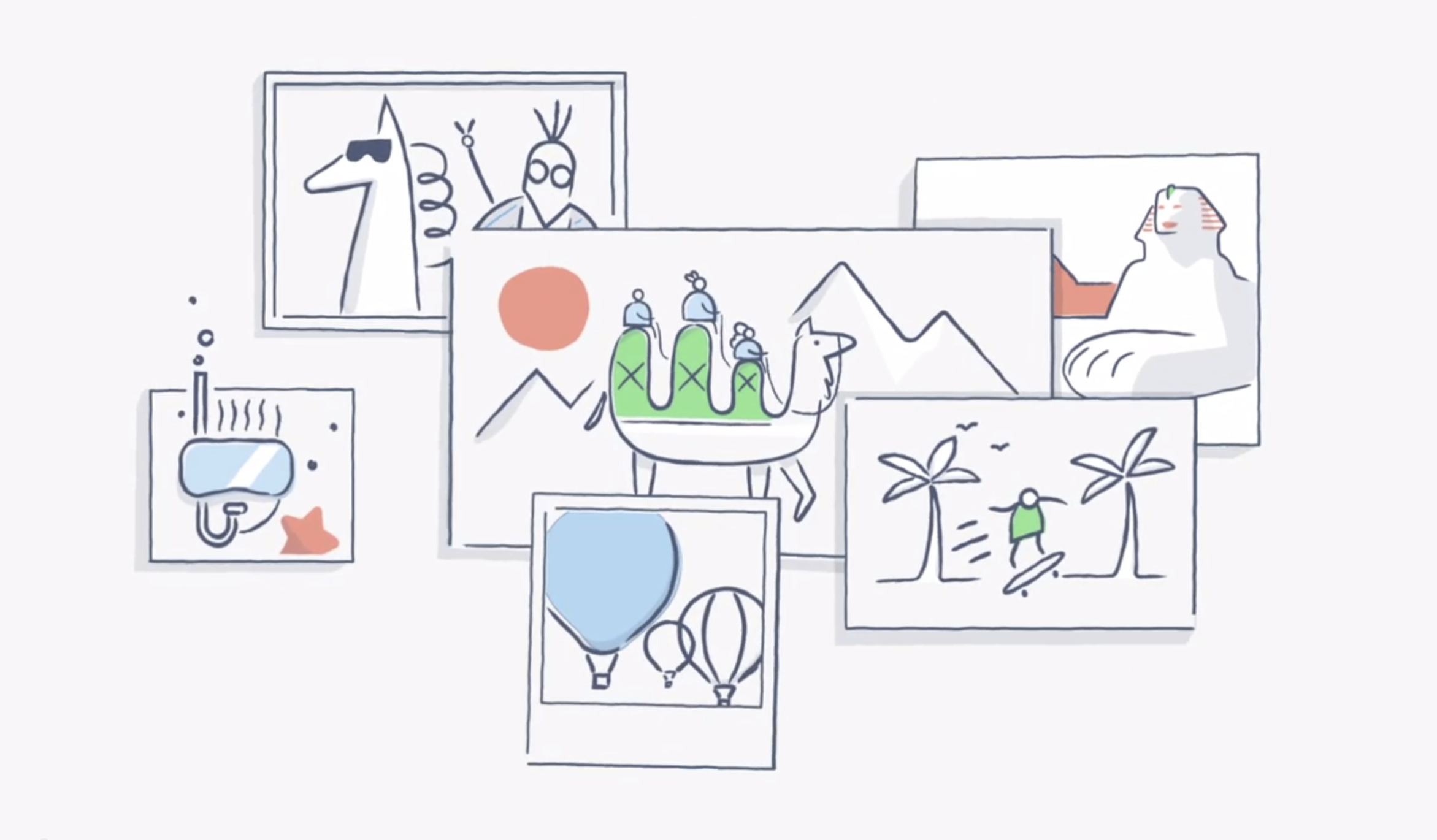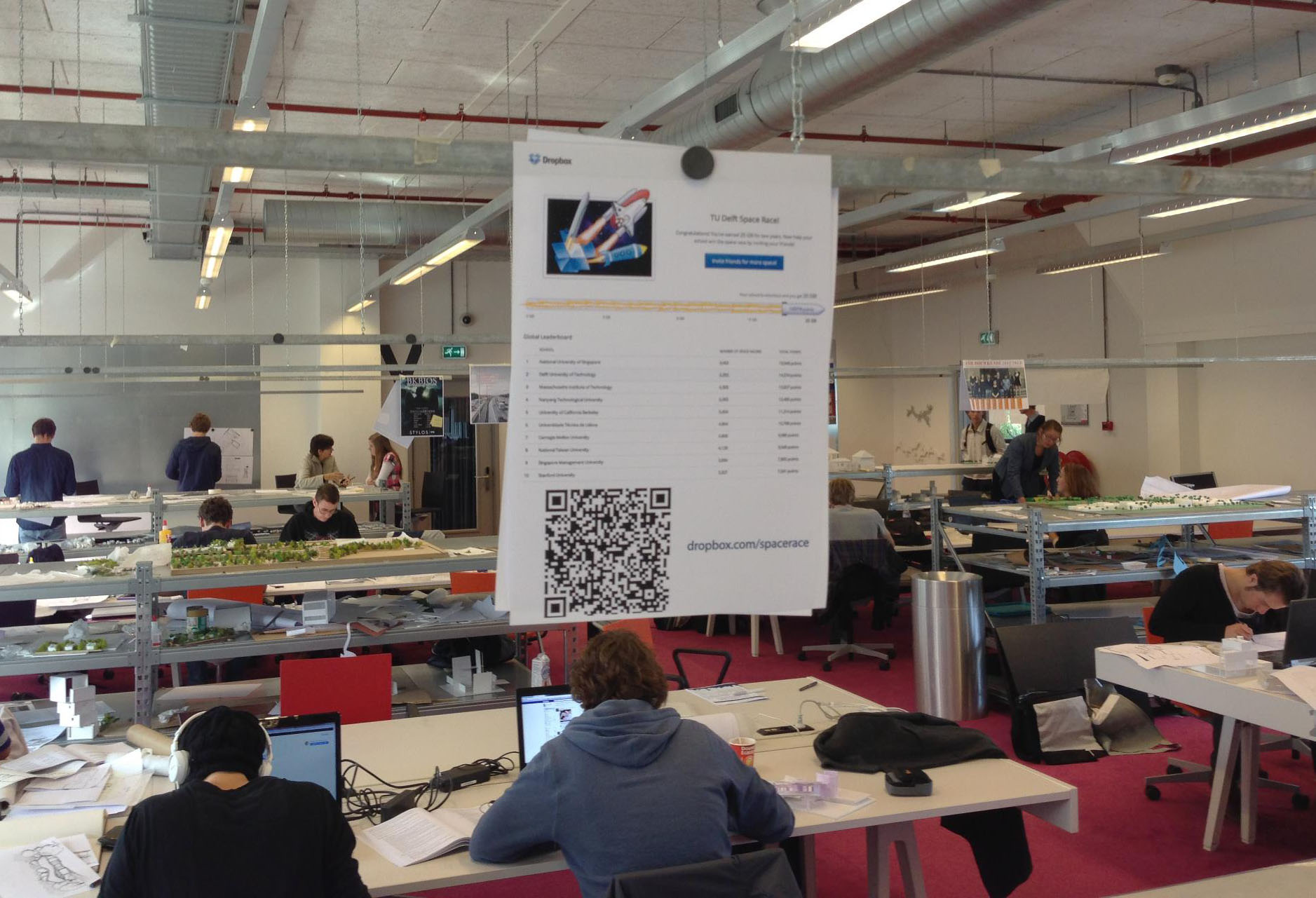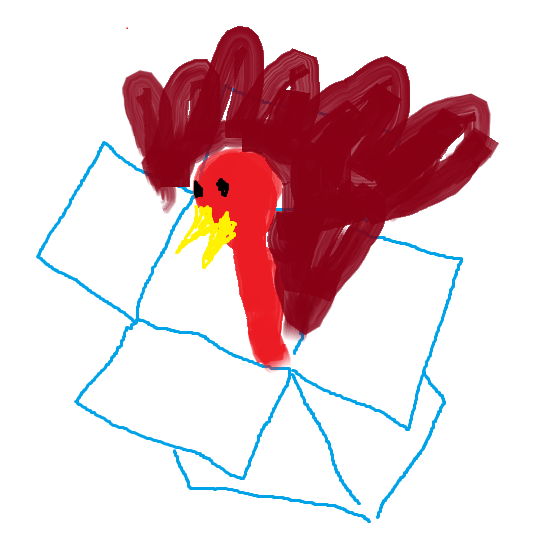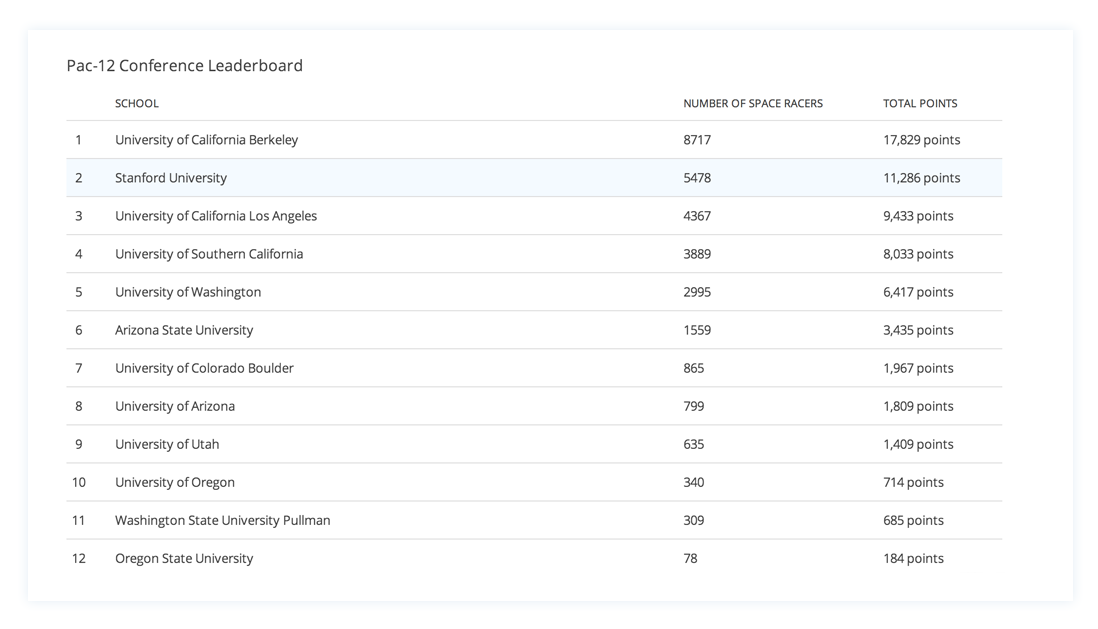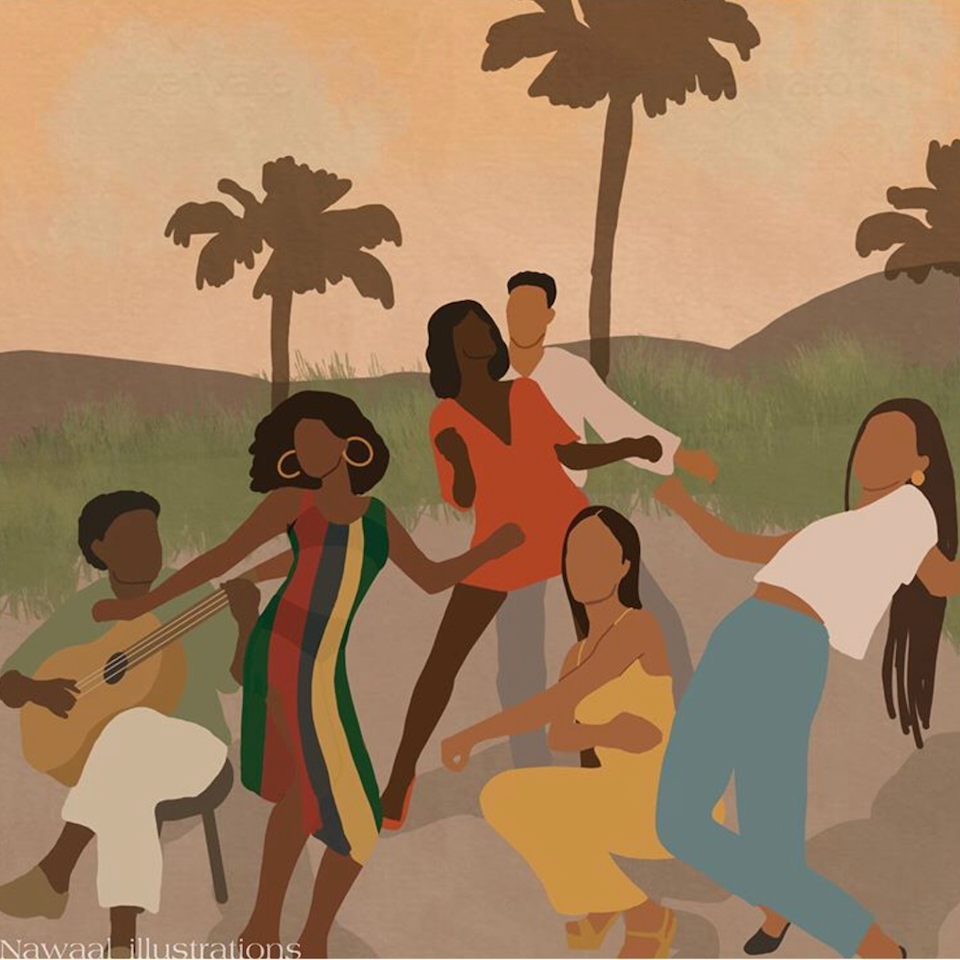
How two artists are using their paintbrushes to lift up people of color
Published on September 16, 2020
The apartheid era in South Africa was one of the most ruthless periods of institutionalized racism, segregation, and oppression the world has ever seen.
So when I asked Sarah Dahir—an artist who grew up in Cape Town and now lives in Johannesburg—how South Africans have reacted to the murders of Americans George Floyd, Ahmaud Arbery, and Breonna Taylor, I wasn’t sure how she’d respond.
“We still have our own racial issues, even post-apartheid. It’s different for us because Black people are the majority. But white people still have most of the power, like controlling the economy. So there’s still systematic racism when it comes to education, jobs, all of that. Maybe it's not as in your face like it is in America, but it's still there. South Africans have seen it all, but we still strongly identify with the Black Lives Matter movement,” she says.

Like Dahir, Joelle Bond is a woman of color who has faced racism. Originally from North Carolina and now a Bay Area resident, Bond studied abroad in Florence in 2013. For her fashion illustration program, she and her classmates students went to an art supply store to shop for equipment. “Looking through all the paints, markers, pencils, shades—we were like kids in a candy store,” Bond says. While she couldn’t help but notice that she was the only Black student in the class, that was hardly a new feeling for Bond.
“I just remember how our professor went through, in great detail, how she uses shades and colors for different skin tones; but her ‘range’ was just various fair and pinkish tones,” says Bond. “One student, who was white, actually asked what if she wanted to illustrate someone with a darker skin tone. The professor just kind of looked at her and carelessly pointed over to the one section of brown markers, paints, etc., and walked away. It illustrated to me the focus on Euro-centric beauty and the exclusivity and power dynamics that emerge from that.”
“I was grateful for that student who decided to speak up, because a lot of times in those spaces when you are the only person of color, you want to blend in as much as possible and not be that Black girl always trying to bring race into the conversation. But that stuck with me. I’m now trying to less concerned about being ‘too’ vocal when things clearly aren’t right.”

"I just wanted to celebrate the strength and beauty of people of color. I want my art to remind people that we are also worthy of admiration." —Joelle Bond
And so for both Dahir and Bond, when the world today is simultaneously fighting through a pandemic and for racial equality, the question became ‘what can I do?’ While it might be easy to say that art is a small piece of the puzzle when compared to an issue like police brutality, both women believe that the representation of people of color in art is instrumental to shifting culture and biases.
“I just wanted to celebrate the strength and beauty of people of color,” says Bond. “I want my art to remind people that we are also worthy of admiration.”
“My aim is to create something that's aesthetically pleasing, like something people want to put up on their wall,” Dahir says. “I like to show my characters just doing regular stuff, like riding a bike. We hear about the murders of Black people just doing regular stuff, so, sadly, it’s actually important to show that. I also want them to be relatable; I want people to see themselves in the art. Obviously I'm a Black girl, so I want other Black girls to feel inspired and related to my work.”

Add in the global pandemic, and the moment has seemingly arrived for Dahir and Bond to focus on their artwork. South Africa instituted a lockdown in March, which wasn’t conducive for Dahir’s nine-to-five job. She changed her priorities and turned to her freelance art work as her main source of income. “Business really picked up, surprisingly. So my artwork is my full-time job right now,” Dahir says.
Even with lockdowns since being eased in South Africa, the virus is still pervasive and Dahir is grateful to be able to do her work from home. “As a country, our economy was cratering, so people aren’t being as careful with the virus these days,” she says.
"It's a privilege to be able to work from home, still making money without risking my health. I got really lucky." —Sarah Dahir
From her living room, Dahir has everything she needs to get her work done: her iPad and stylus, Procreate, Photoshop, and Dropbox. “Dropbox has been a huge help in sending high-resolution final files to clients,” she says. “It's a privilege to be able to work from home, still making money without risking my health. I got really lucky.”
Bond, who’s also used Dropbox, is still dedicated to her primary job as a technical designer for Athleta. But she also found the time and energy to launch BRWNGRL Prints in May. “We were only a couple months into shelter in place, and I needed a creative outlet,” she says. “It's been nights and weekends, sketching out ideas, packing orders, doing logistical things for my website. It’s been a whole other job, but a rewarding one.” She donated the proceeds of her second collection to Breonna Taylor’s family. “At times, we’ve felt a bit helpless. So my husband, who’s also a creative, and I wanted to have something positive come out of this quarantine time.”

With the unknown length of this virus’ impact and the ongoing effort to keep the social justice movement energized, Dahir and Bond may be dedicating more and more of their time and talents to their artwork.
“I think for the people wondering what they can do to help fight racial injustice, start with what feels true to you,” Bond says. “For some people, that’s being on the front lines protesting; for some, that’s advocating within their corporate space at work. Or people who are talking to their families and having tough conversations, or there are some people who are creating art and music and just telling stories. We’ve been needing to bring these issues to light for a long time, and hopefully the opportunity we have right now can bring about real change.”
To see more from these artists, check out Bond’s website and Dahir’s Instagram.


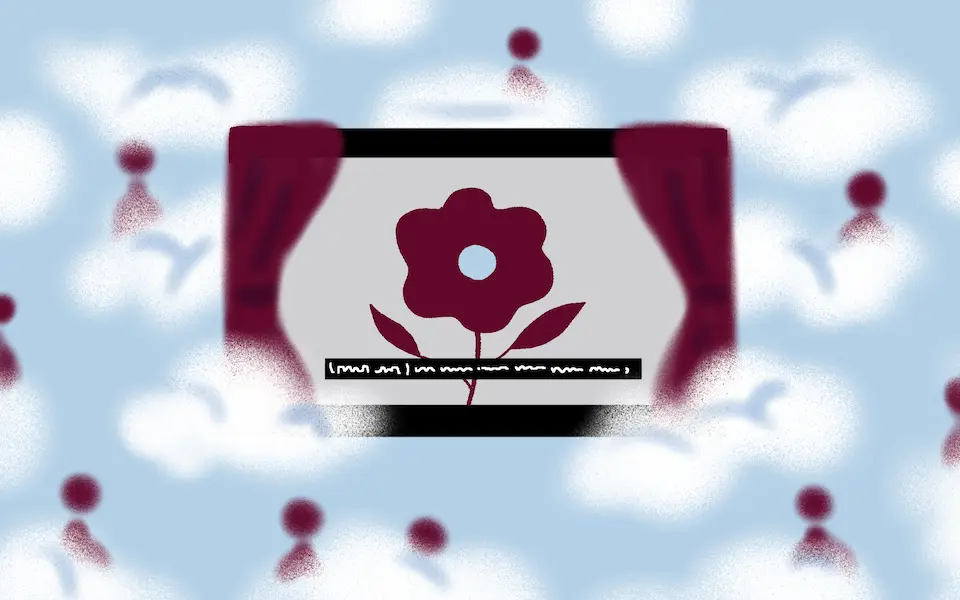
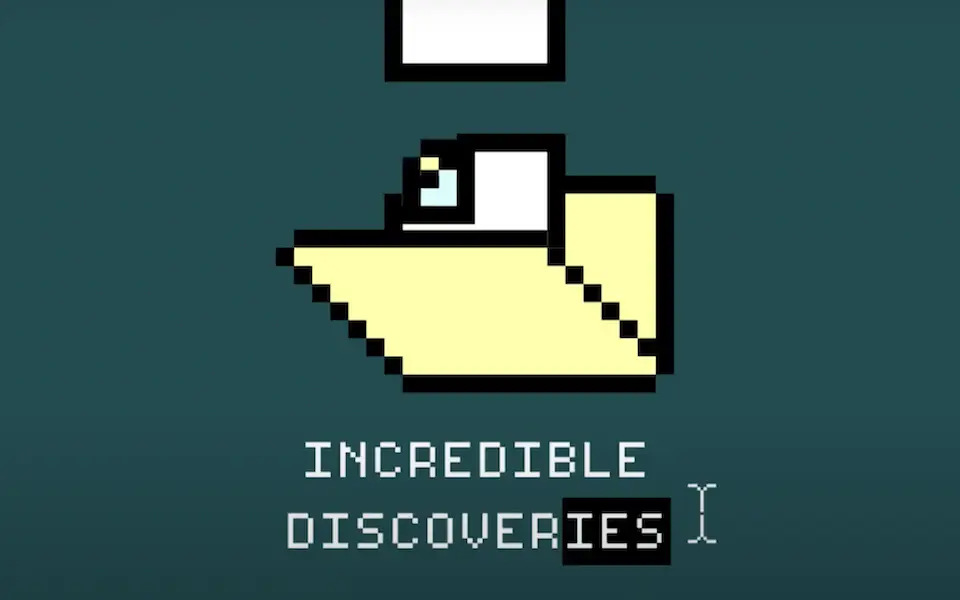

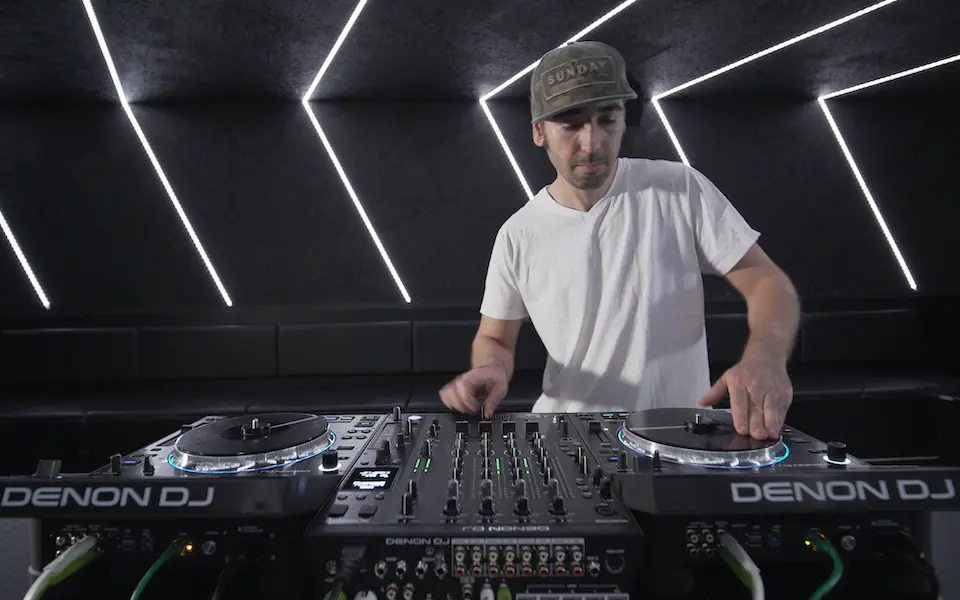
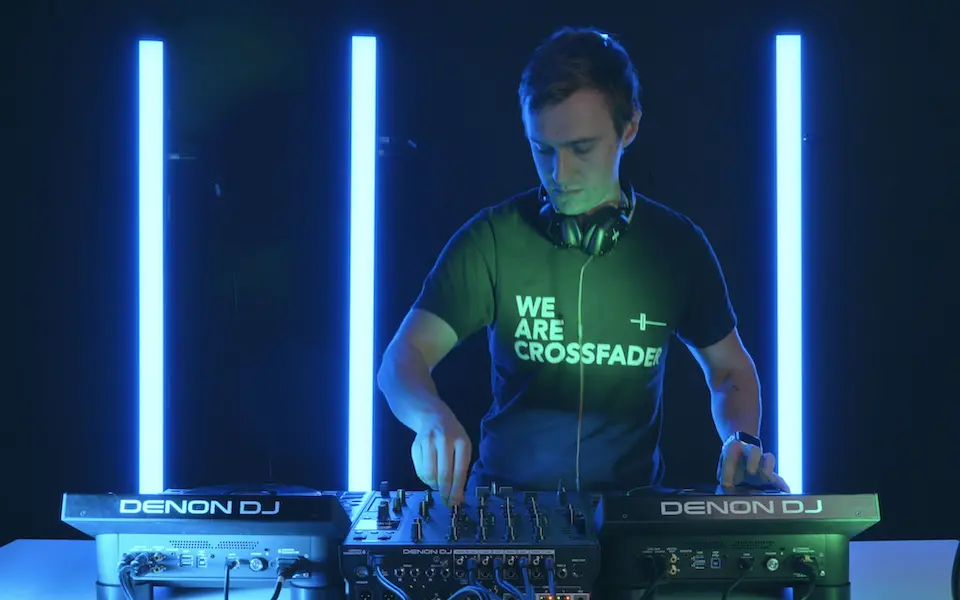



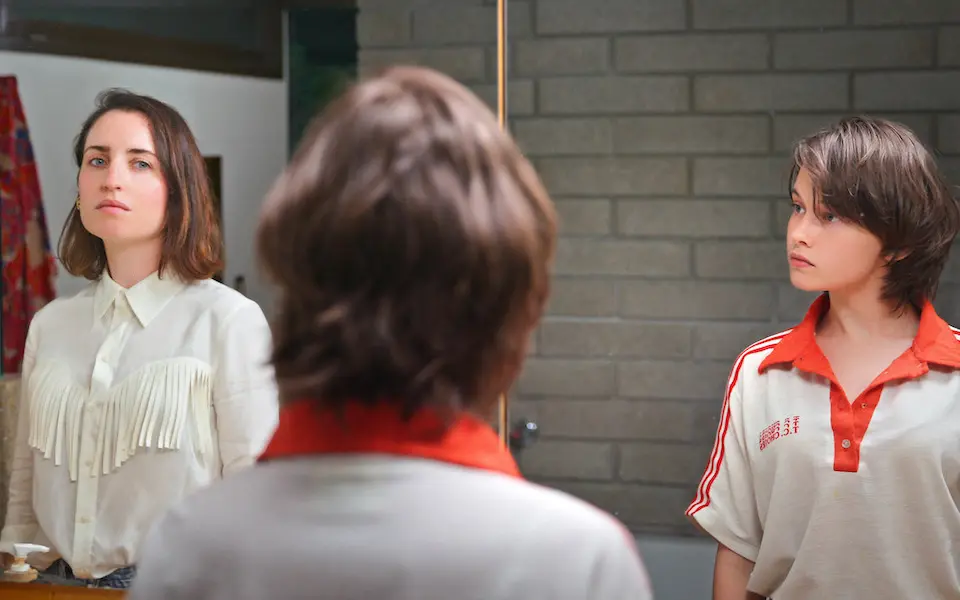
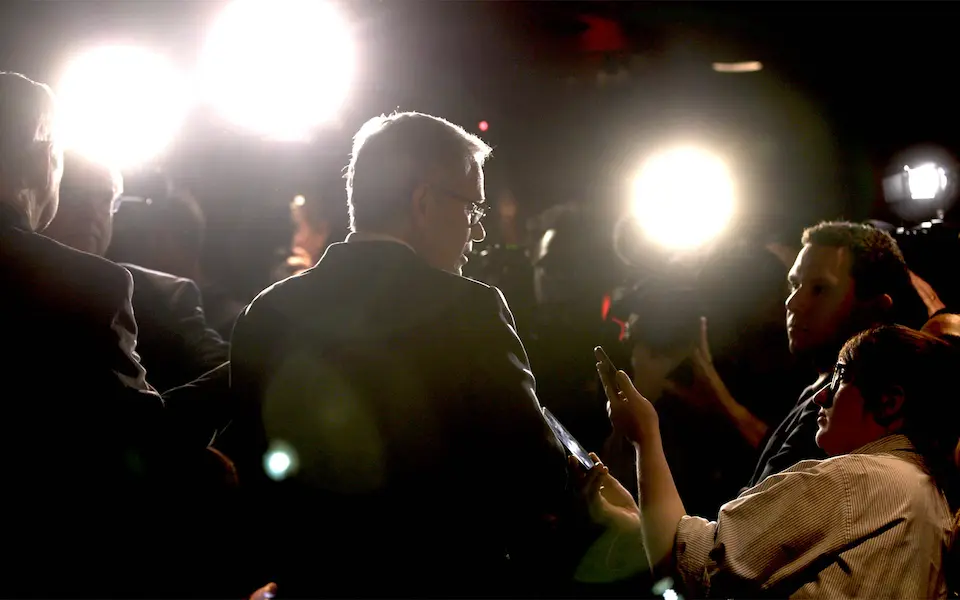
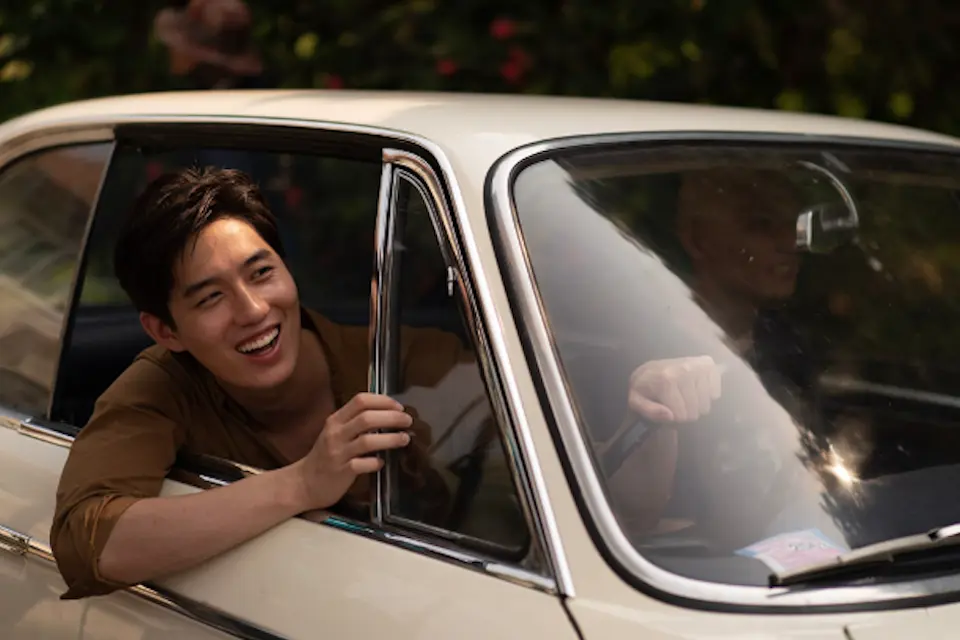

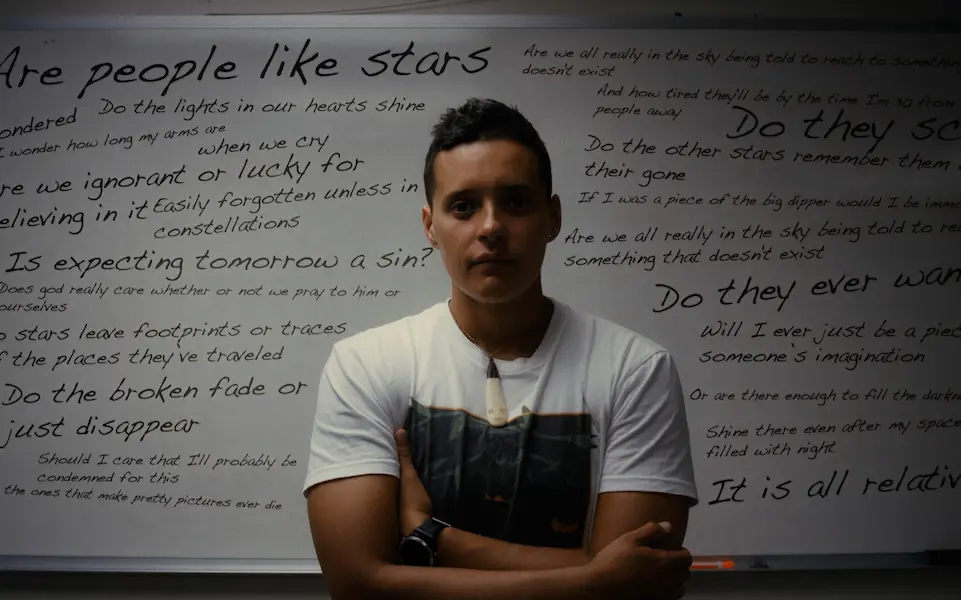
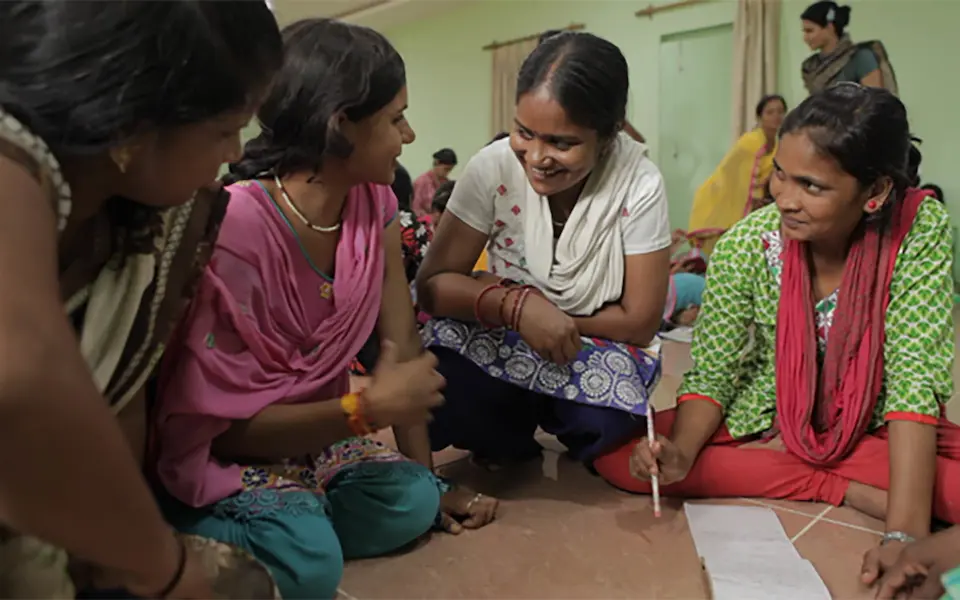
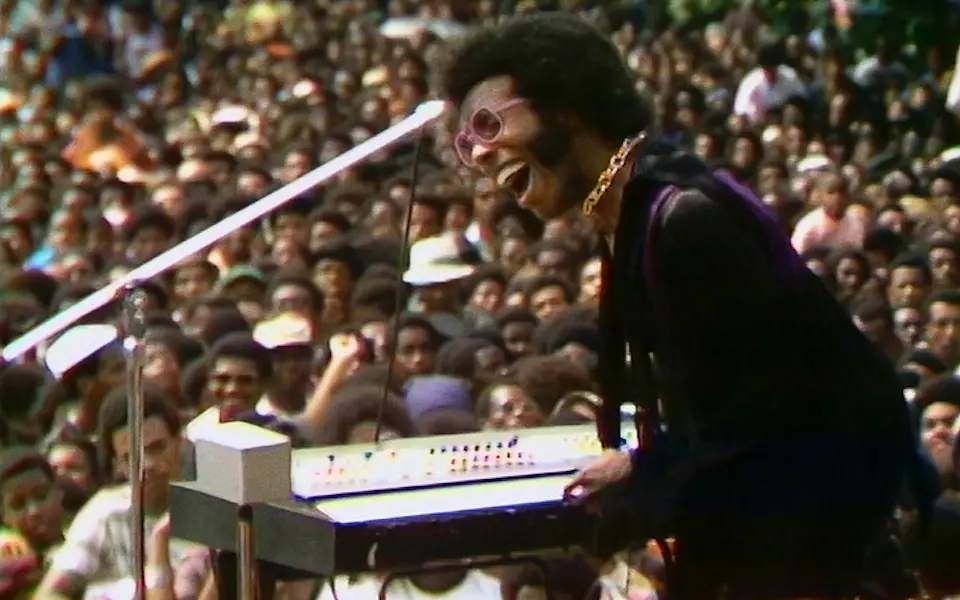
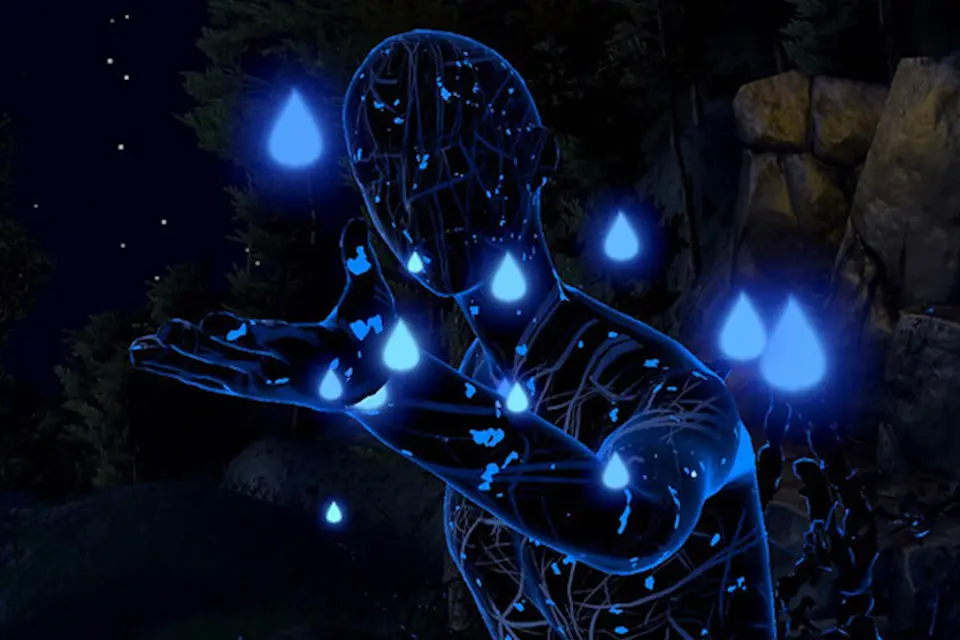
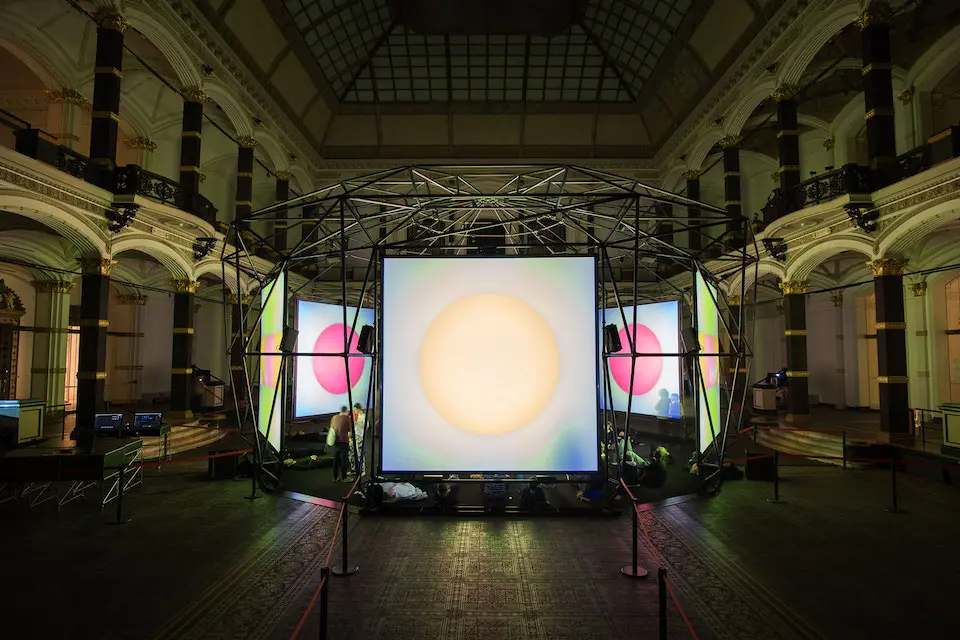






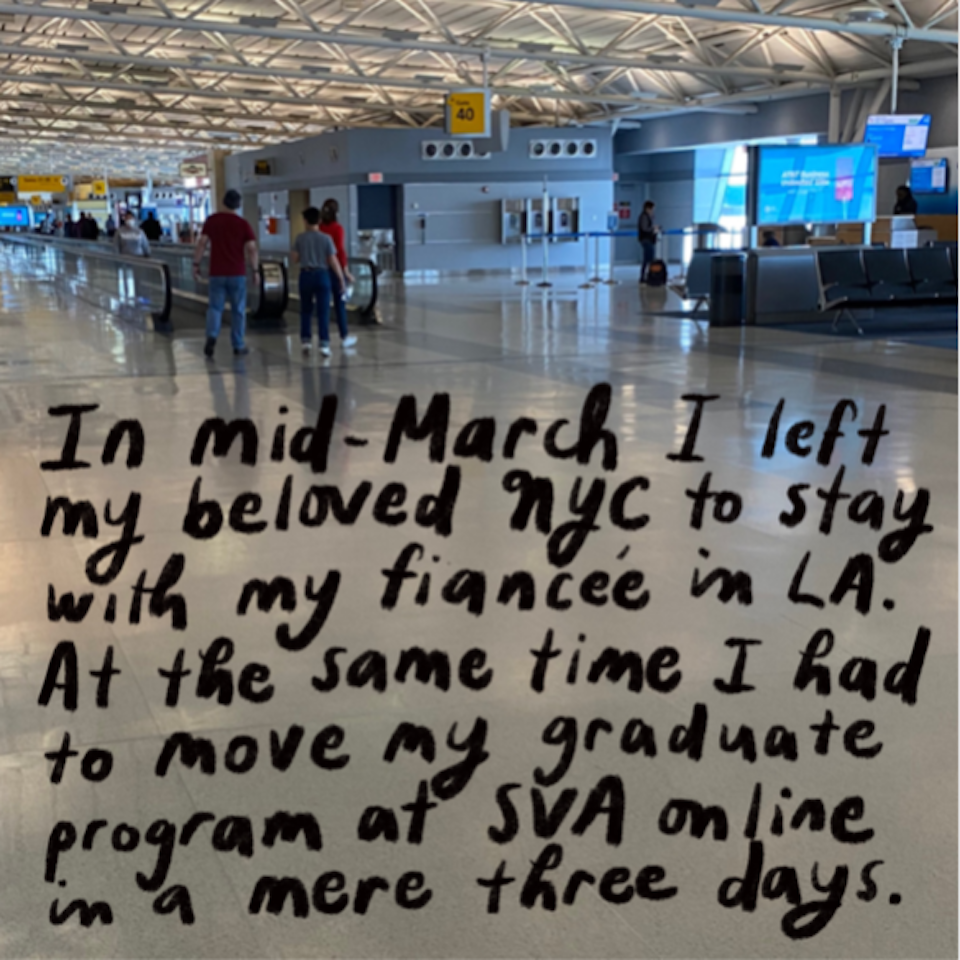
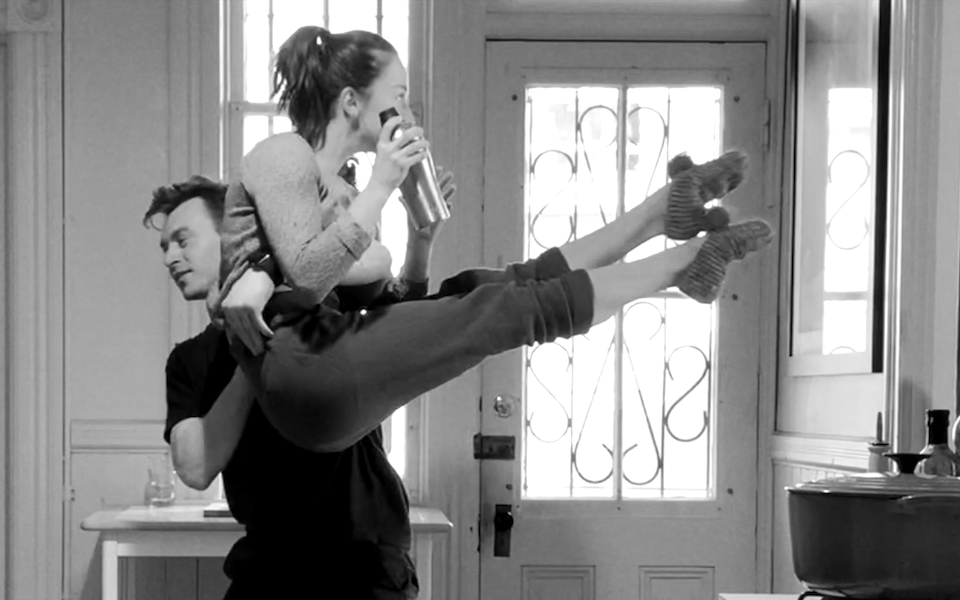
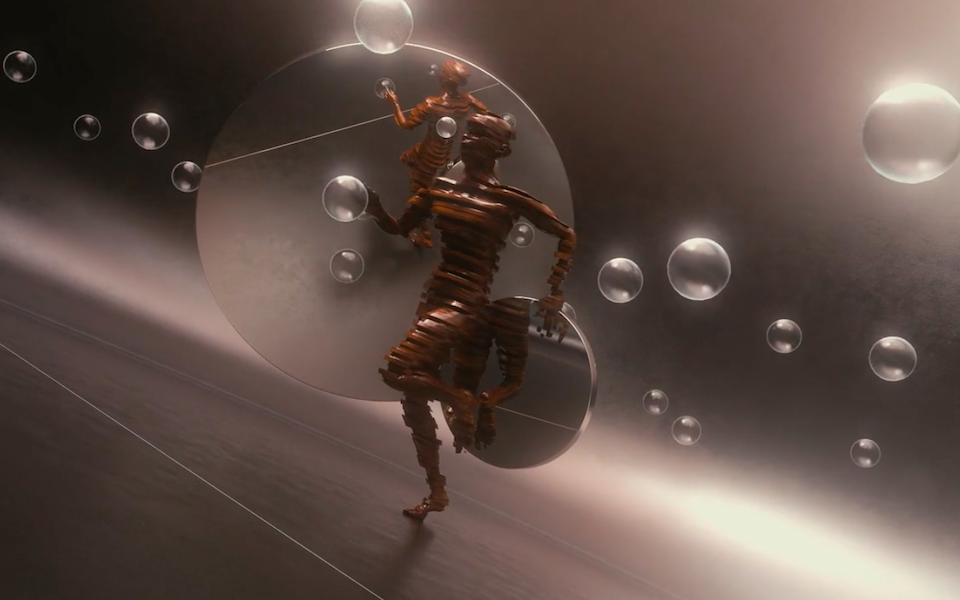
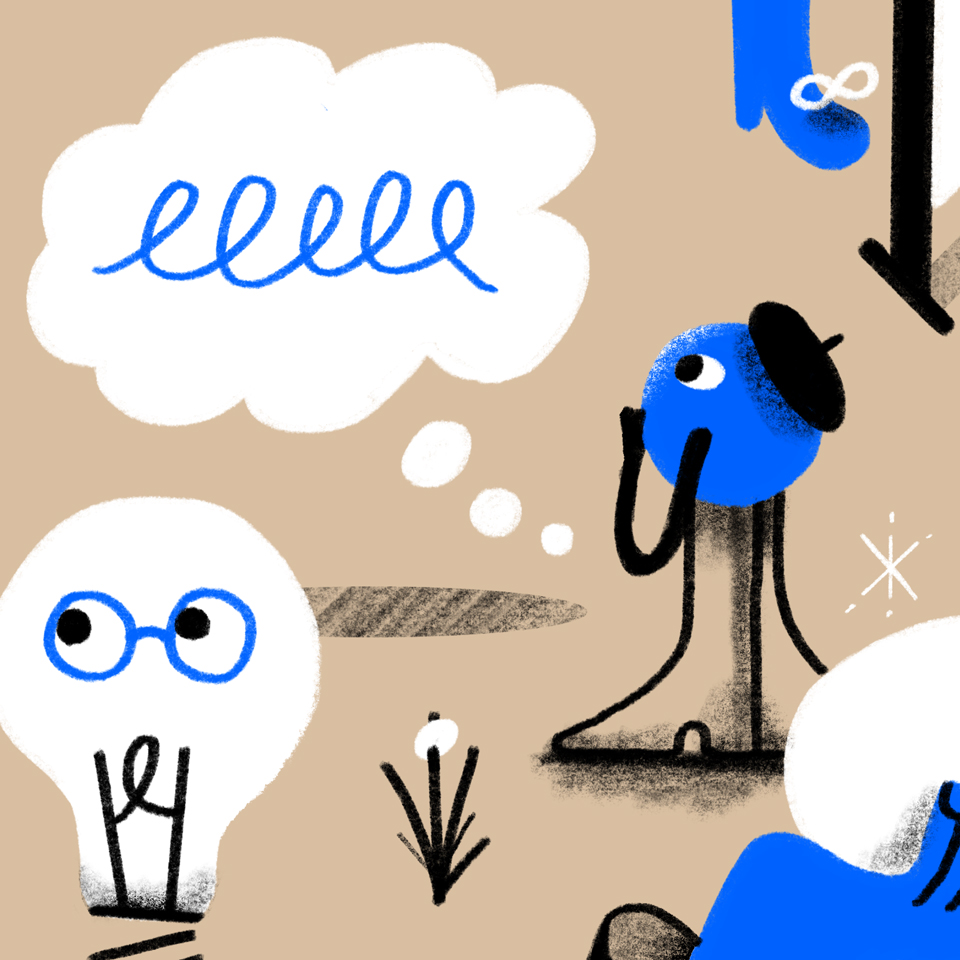
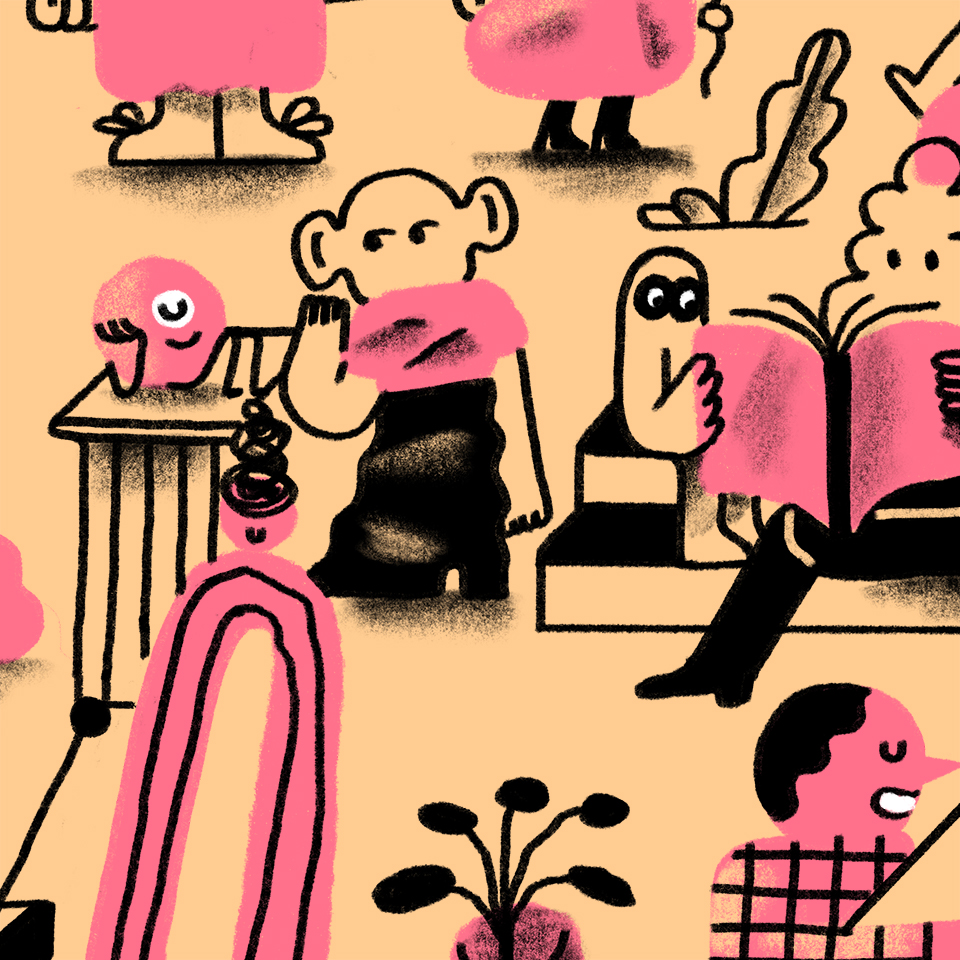


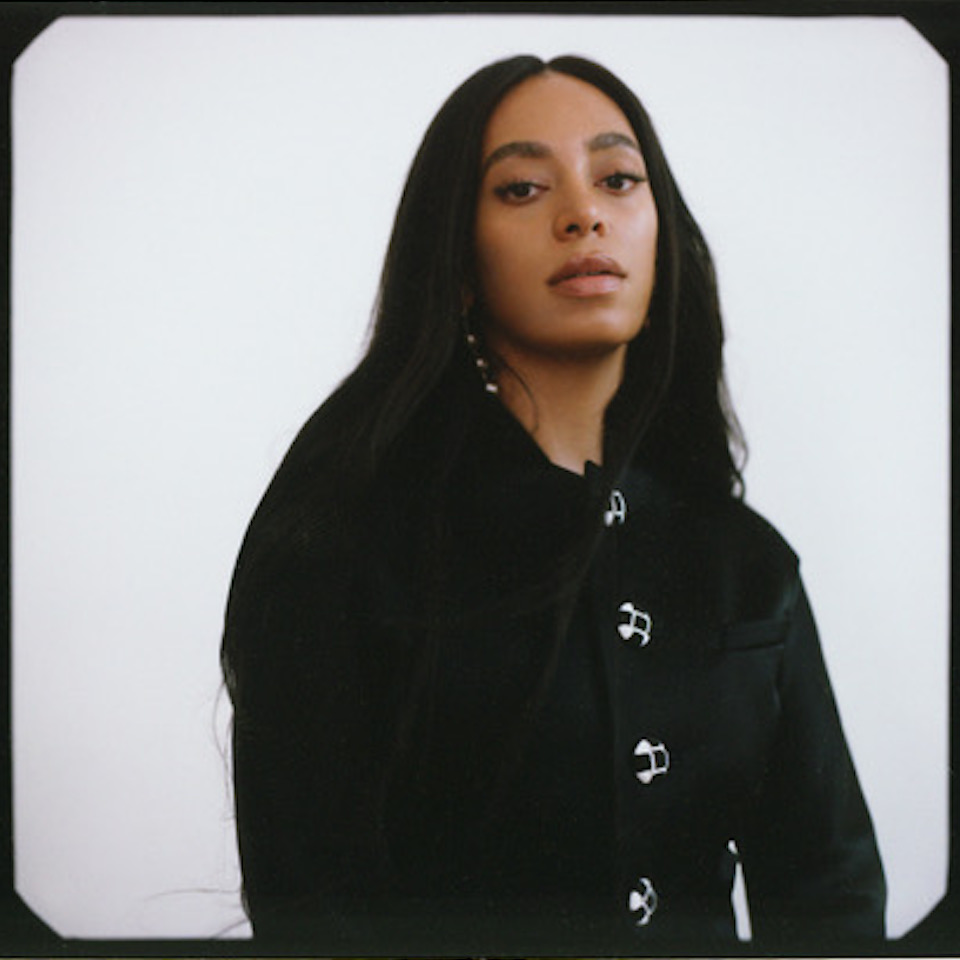

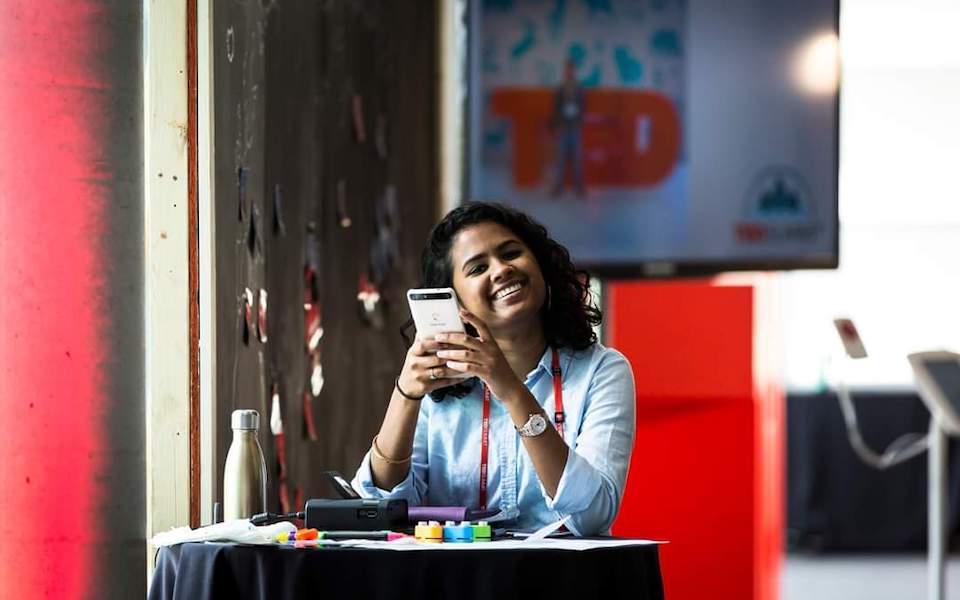



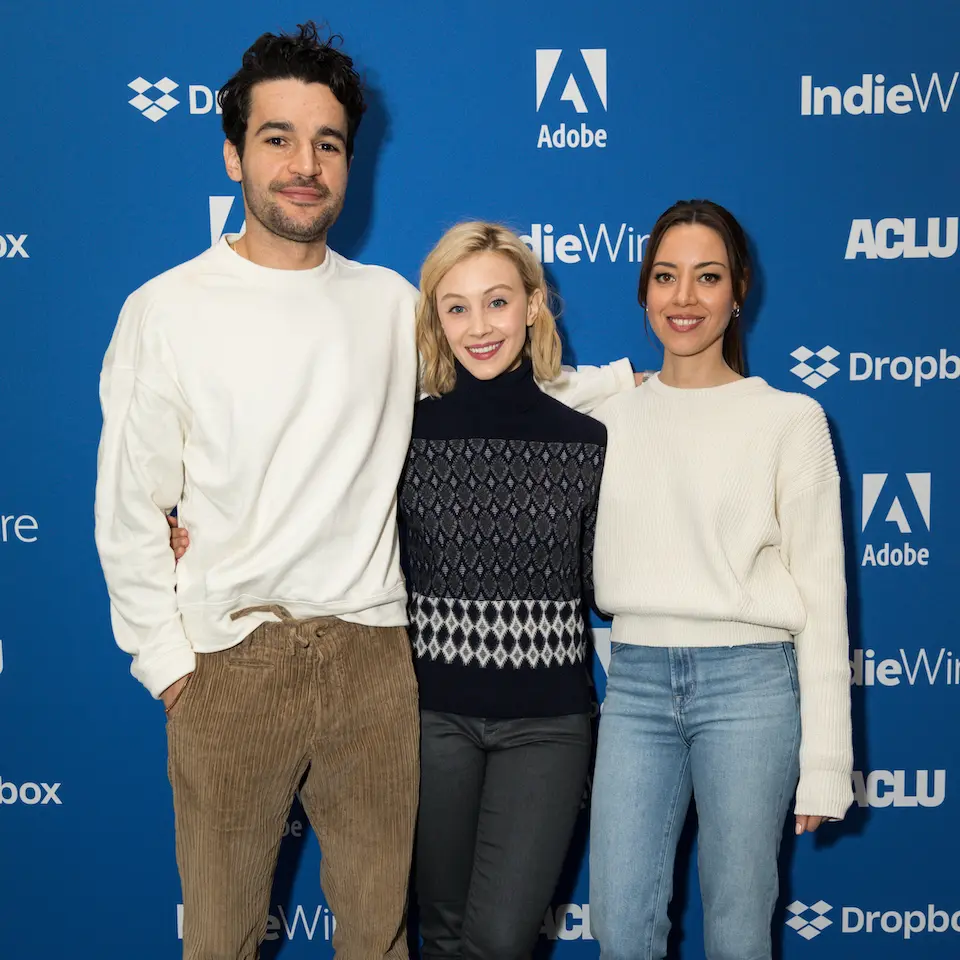



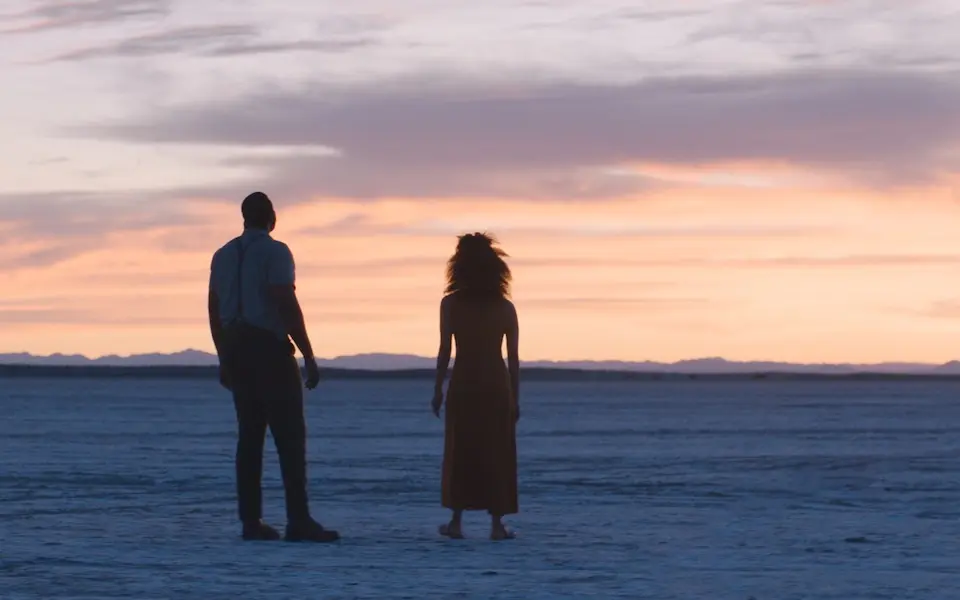
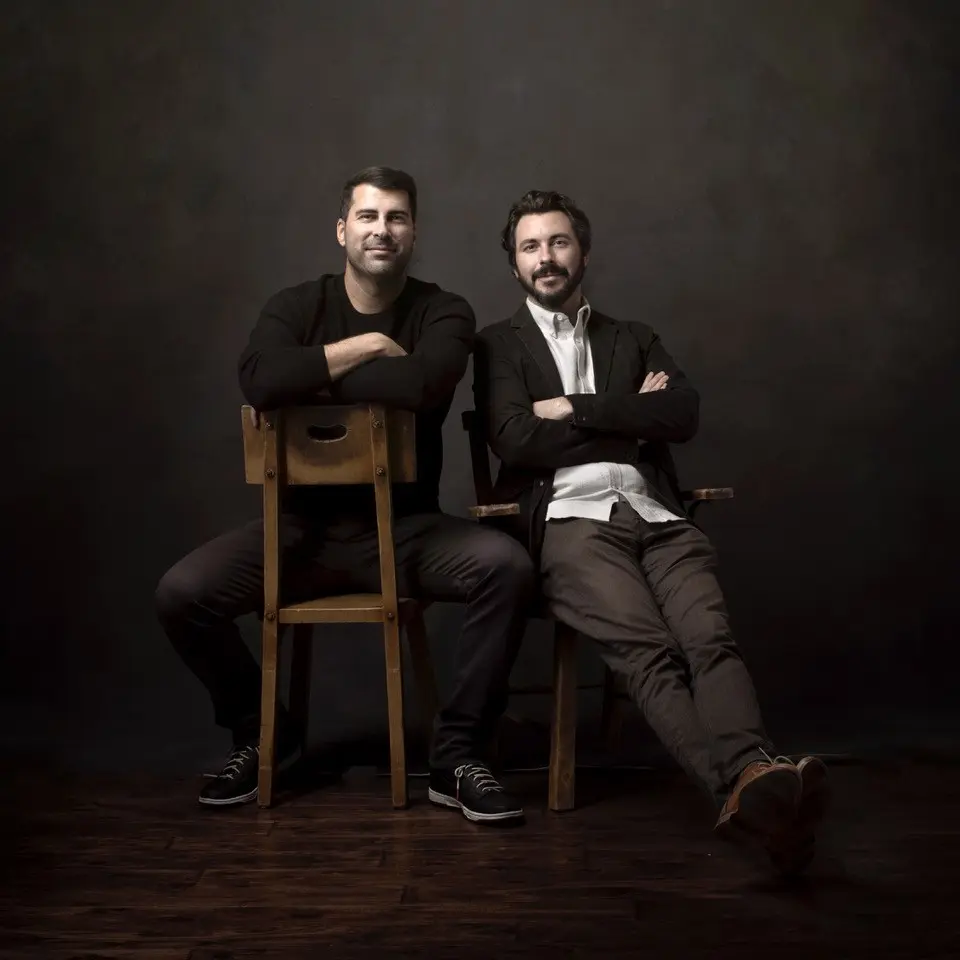


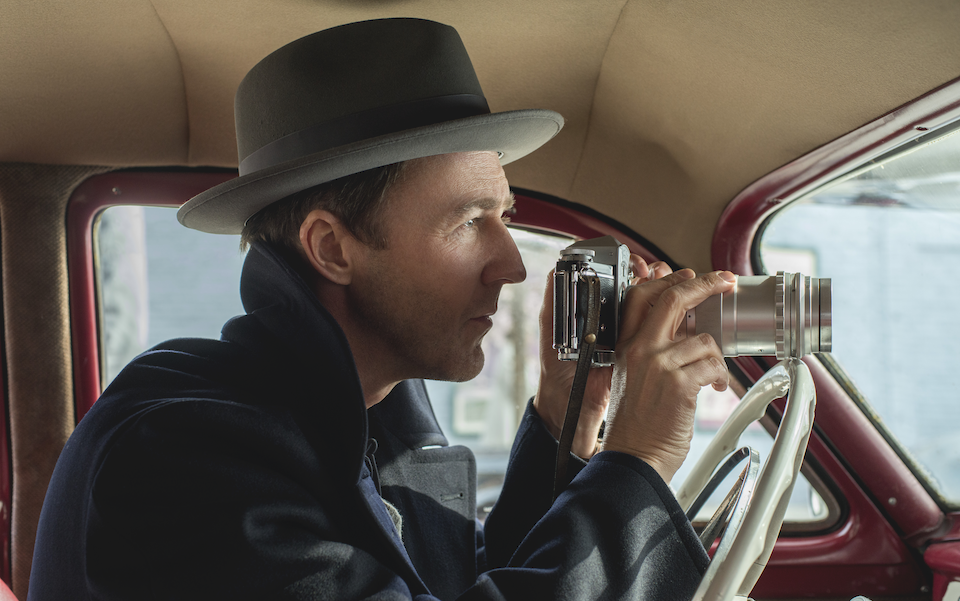
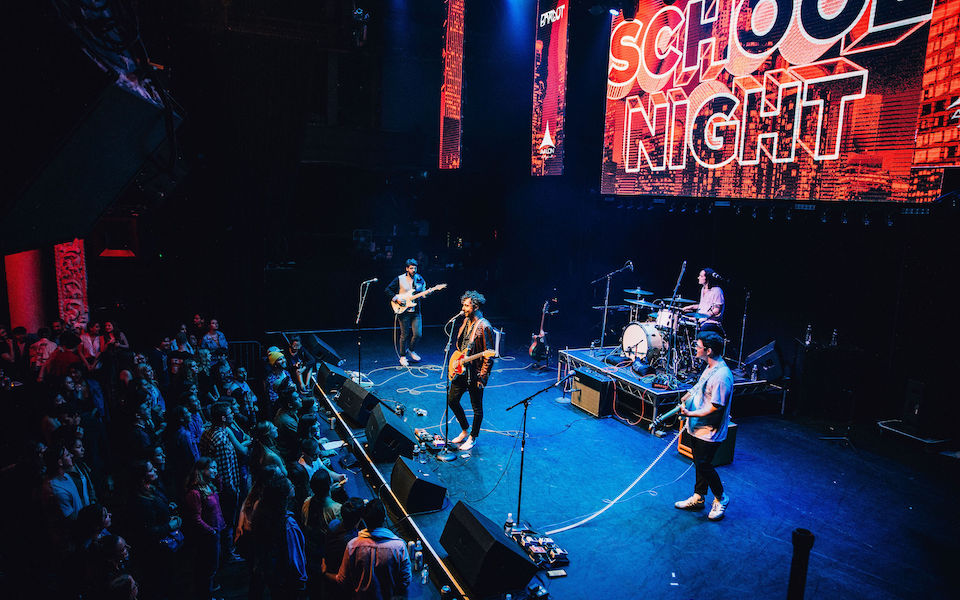
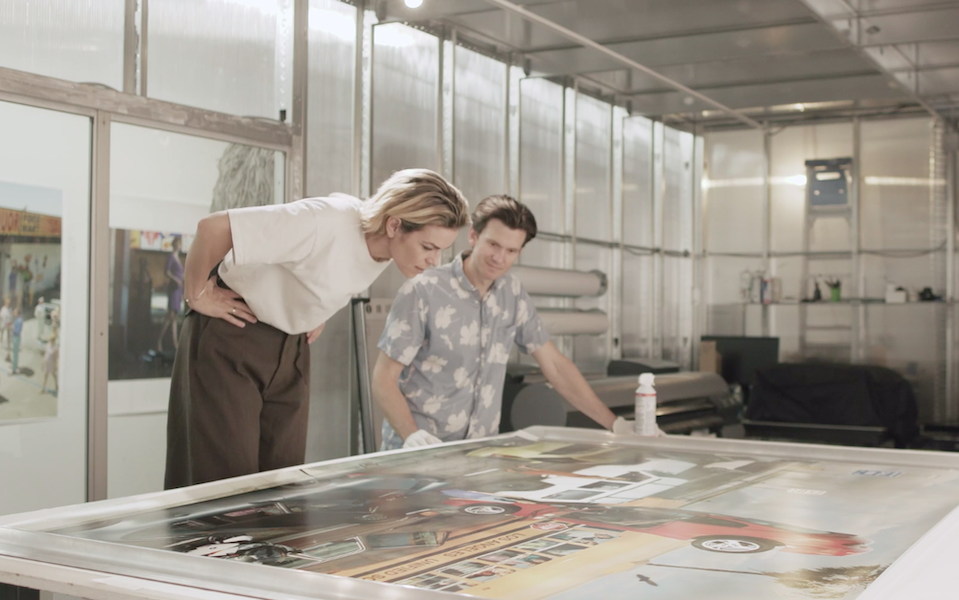









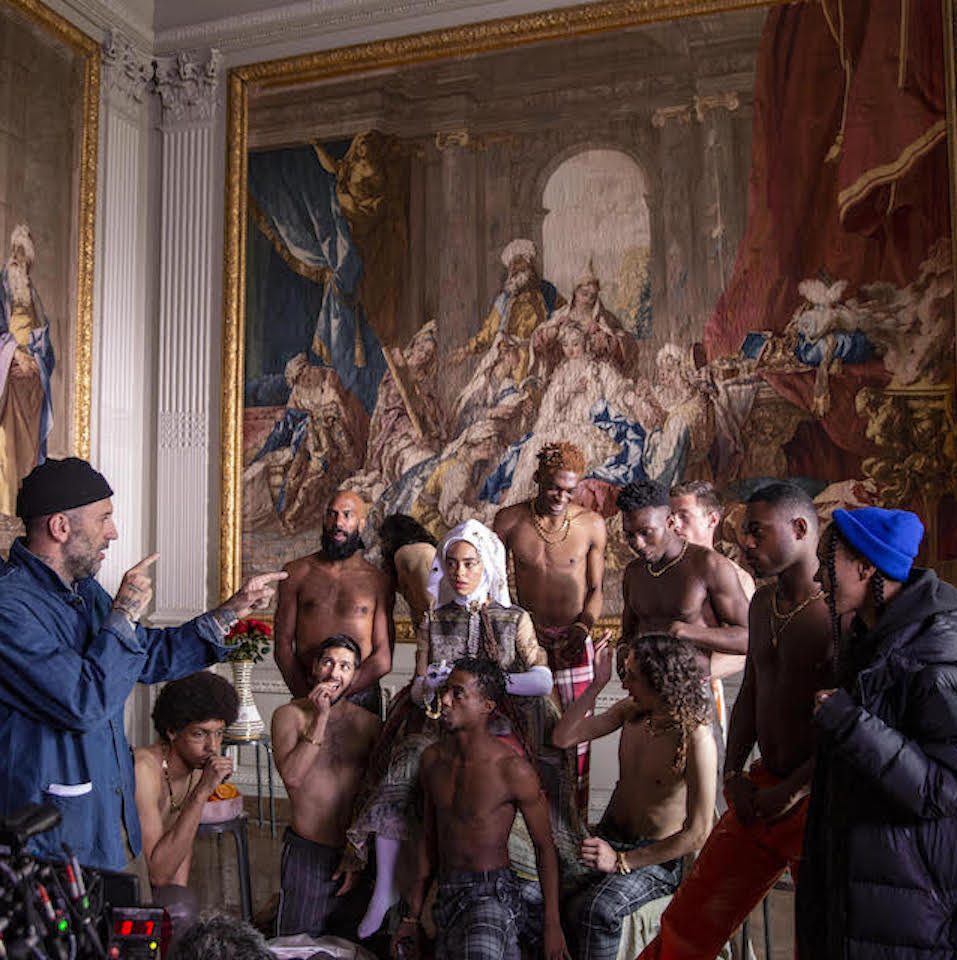

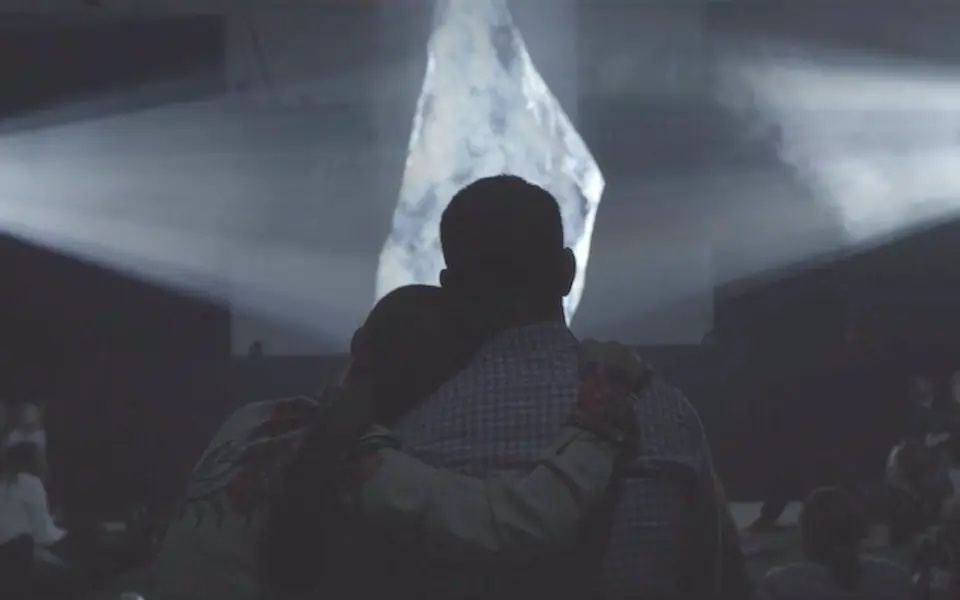
.png/_jcr_content/renditions/Karen%20O%20%2B%20Danger%20Mouse%20(photo%20by%20Eliot%20Lee%20Hazel).webp)





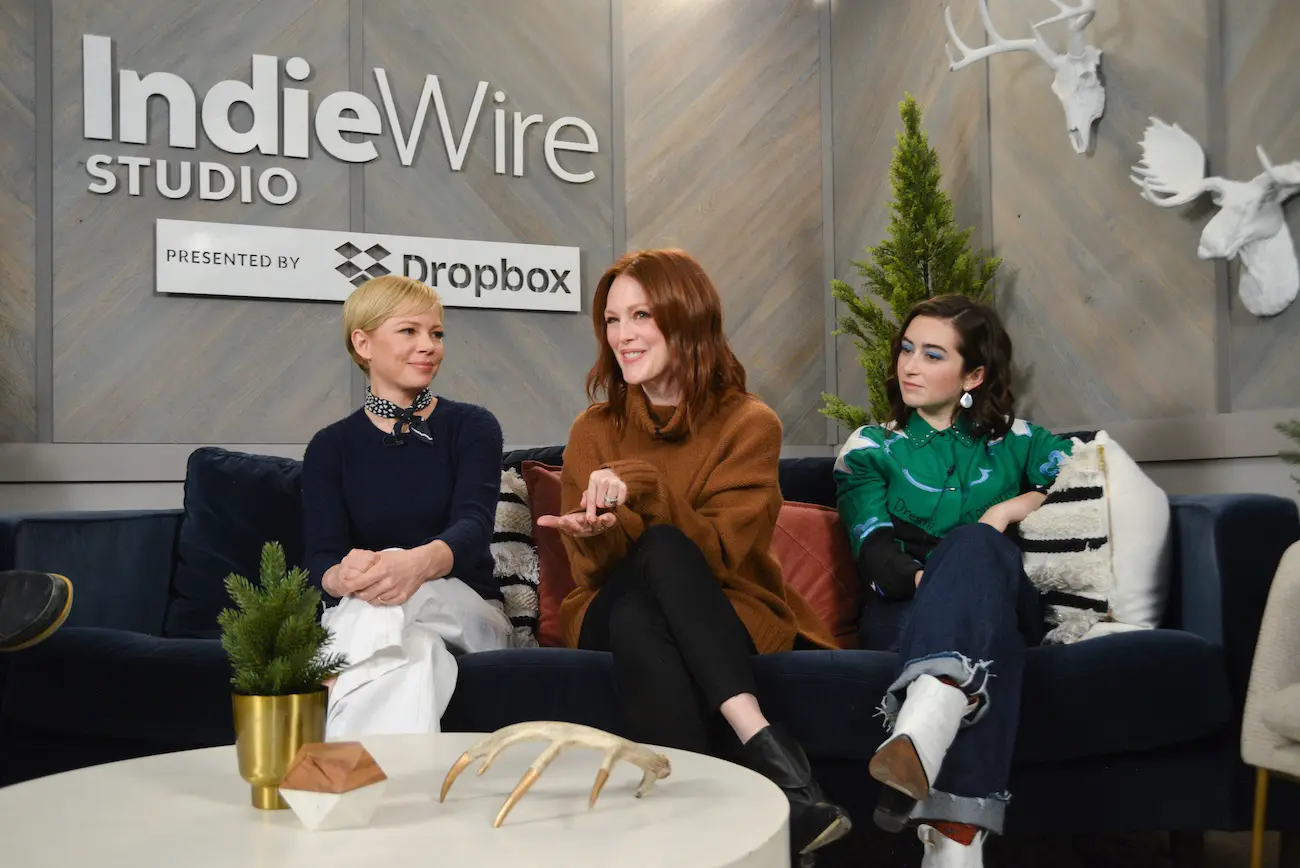


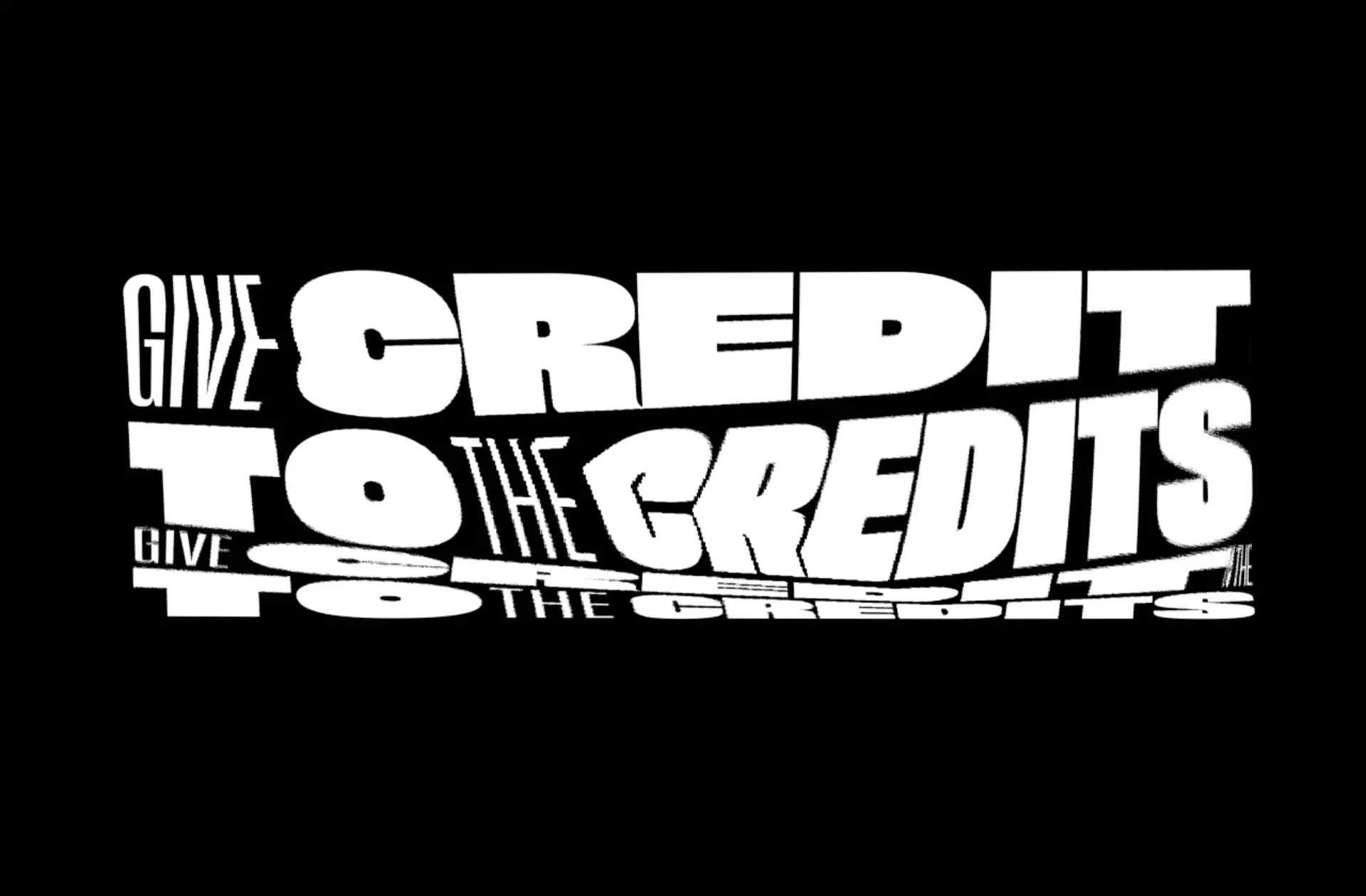
.jpg/_jcr_content/renditions/Extremely%20Wicked%20Shockingly%20Evil%20and%20Vile_Sundance19_Director%20Joe%20Berlinger%20(3).webp)

.jpg/_jcr_content/renditions/Bedlam%2014%20(1).webp)
